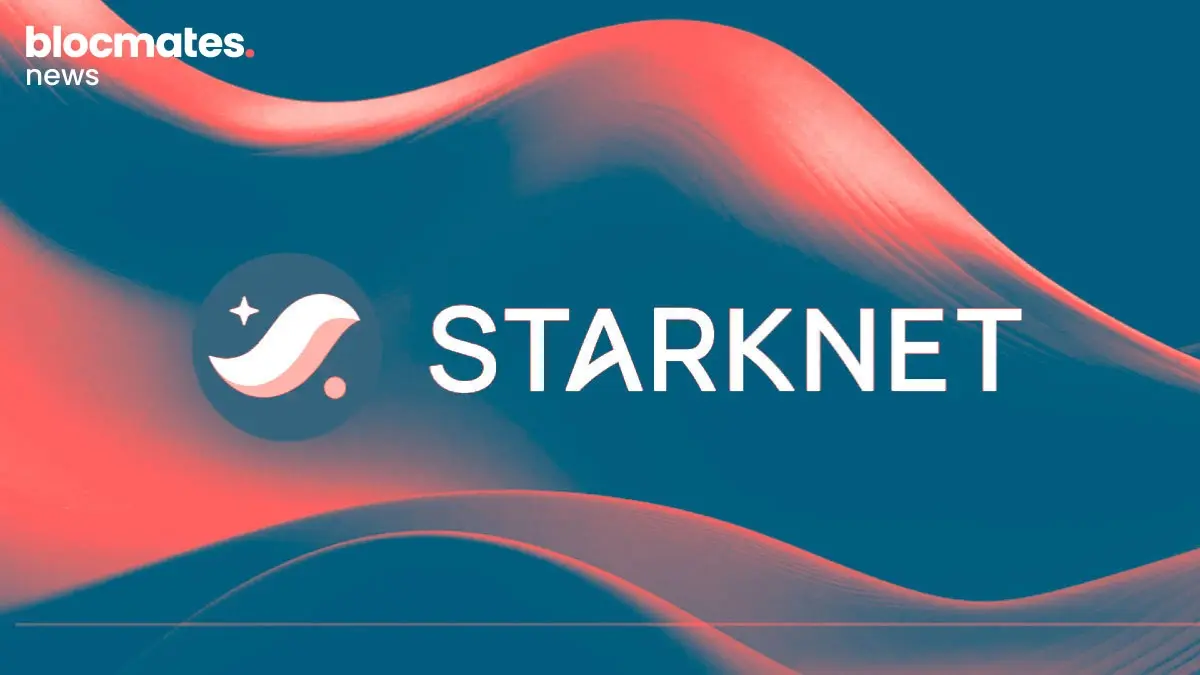Pushing the Frontier of Decentralised Options Trading by Ribbon Finance
-by yamete (Twitter @yamete699) as an independent writer for Blocmates (Blocmates.com)

A New Challenger Appears:
Ribbon Finance is a decentralised options vault (DOV) platform that allows crypto users to earn a real, non-inflationary yield by running options buying/selling strategies. Although this is a unique product in of itself, today we are going to talk about their new and exciting platform that will expand on their existing suite of products. Enter AEVO, a decentralised order book options exchange. This new product by Ribbon Finance aims to push the frontier of decentralised finance (DeFi) forward into a new, vast and expansive realm, severely under-serviced in our fledgling industry. Are we early? Let’s find out.

The Global Landscape:
Options are a financial instrument that gives the trader the right to buy or sell an amount of some underlying asset at a predetermined price before or at the expiry of the options contract. This is a powerful tool for sophisticated traders to preserve and protect capital.

-FIA.org (https://www.fia.org/fia/articles/2022-annual-etd-volume-review)
According to FIA.org (a leading organisation on derivatives trading data), the global options trading volume for 2021 was roughly 33bn contracts, an increase of 56.6% year over year. Then in 2022, this grew to a record ~54bn contracts. Furthermore, in terms of pure notional exposure, the Bank for International Settlements estimates the 2022 daily notional average at $1.788 trillion dollars. Wowzers.

-Bank of International Settlements (https://www.bis.org/statistics/extderiv.htm)
This is undoubtedly a huge market ripe for some good ol’ crypto disruption. Capturing even a small percentage of the global legacy market volume would see crypto platforms generate hundreds of millions in revenue.
The Crypto Landscape:
Let’s zoom-zoom into the cryptocurrency frontier where a new generation of young and ambitious builders are attempting to conquer and blockchain-ize this huge sector of legacy finance.


As we can see, the notional volumes range from ~4bn on a good day to ~1bn on a low trading day, which is a speck of dust compared to the roughly $1.7trn that churn through legacy markets daily.
What is more concerning is that Derebit has the overwhelming majority of the volume with OKX, Bybit and Binance following far behind. Only Lyra (with a measly $770k in volume) provides a decentralised alternative to these centralised entities that currently have a stranglehold over the market. To say that decentralised options are currently an under-addressed market is an understatement. There is a void - a massive unexplored territory that is begging for conquest.
The motivation to embark on this conquest is clear; centralised entities cannot be trusted. This point could not have become more evident than over the last 12 months when we have seen centralised market-leading titans fail one after another. The last of these titans were FTX and Sam Bankman-Fried (the goblin). If it was not for Emperor CZ unmasking the fraud of the supposed boy-prodigy, the goblin would have continued to steal customer coins and dump them on our heads.
Centralised entities are opaque, we don’t know what’s behind the curtain. Is it run by a smart competent leader, or is it run by a polycule?
AEVO Exchange Mechanics:
Now it’s time to get into the fine mechanical details - How does AEVO work exactly?
- Built on a custom layer 2 that rolls up to big daddy Ethereum for speed and cheap fees. AEVO needs the decentralisation and security of Ethereum if it hopes to scale to hundreds of billions of dollars.
- Central Limit Orderbook (CLOB) design, for CEX-like user experience and trade execution. Buyers and sellers are matched off-chain then the trade execution itself is done on-chain.
- Easy bridging to and from any EVM chain.
- Insurance fund to cover negative trade balances.
- Trades are done and settled with USDC.
- Options fee can never be higher than 12.5% of the options price.
And lastly, the most important mechanic for any exchange is the fee structure:
- Taker Fee - 0.05% when you take liquidity (for market orders)
- Maker Fee - 0.03% when you make liquidity (for placing limit orders)
- Settlement Fee - 0.01% of notional of option that expired in the money
- Liquidation Fee - 0.2% of notional
Since this is an entry-level essay, we won’t go further in detail but for the options giga-chads out there that want more nuance, the Aevo technical docs will be in the references at the end.
Estimate Revenue Projection:
Now let’s do some hypothetical modelling (hopium). We can fairly estimate the average daily Deribit volume to be around $1.5bn notional, conservatively.
Then let’s optimistically assume that smart and sophisticated traders have learned the lessons of the past 12 months after the goblin’s betrayal and they migrate their trading to a more trustless system in Aevo. If Aevo manages to capture 5% of Deribit’s volume and makes 0.04% on all trades (middle ground between maker and taker fees plus settlement and liquidation fees).
Let’s see what we get below:

Not bad at all given that 99% of crypto projects make very little to no revenue. Also keep in mind this is an estimate based on bear market data and assumptions. If DeFi continues to thrive and grow then Aevo will no doubt be along for the ride.
Who is Bob the Builder?
The 18-man strong team attempting to build in this new frontier of decentralised options trading are led by the fully doxx’d K-Pop-looking heartthrob in Julian Koh (CEO), and his trusted anon lieutenant, Ken (CTO).
A notable backer includes Paradigm who in early 2022, led an $8.7m Series A+ round at roughly $0.25 per RBN.
Core team composition:
- Julian Koh, CEO - Previously a software engineer at Coinbase, as part of the staking and blockchain integration team.
- Ken, CTO - Also previously a software engineer at Coinbase, as part of the blockchain integration and security team.
- Jacob - Tech Lead
- Jeremy - Quant
- Vinnie - Design Lead
- Gabriel - Operations
- Ben Burns - Solidity Engineer
- Anfal - Marketing
This band of builders started with just Julian and Ken in 2021 before expanding to 13 in 2022, and finally to 18 in 2023 to meet their newfound ambition. Over the last 2 years, this team has seen the pinnacle of highs and endured the rock bottom lows, witnessed titans rise and fall, stablecoin peg and depegged, but one thing remains constant; they just keep shipping.
Unbothered, moisturised, in their lane, happy and thriving.
Ribbonomics:
The $RBN token launched in 2021 with much drama (a hilarious story for another time). There is a total of 1bn tokens with the following distribution:

The team and investor tokens are vested over 3 years with a 1-year cliff. Standard stuff. Since we are almost two years from the token launch, the majority (60%+) of the supply is already in circulation.
The most interesting part, however, is the result of the latest governance proposal:

The token emission or inflation (supply of new tokens entering the market), was cut to 125,000 RBN per week. At current prices ($0.25) this is only $31,250 per week or $1.625m per year. Barely inflationary at all and it’s a result of being quite far along in its vesting schedule. Bagholders need not worry that an obscene amount of new tokens are being emitted and jammed into UniSwap every day.
Now it’s time for the part we all love - token value accrual.
There is a prevalent and very justified meme in our industry that is constantly perpetuated by Degen Spartan on Crypto Twitter, it goes: “Worthless governance tokens kek lmao.” Although very funny in itself, there is a lot of wisdom in asking what the token does and how the holder can benefit from it.
The value of the RBN token comes from locking it into the protocol to receive revenue share from the fees generated by their existing DOV product. Each week locked RBN holders (veRBN) can claim rewards paid in ETH. This point is very important and should not be lost on the reader as this means the protocol generates a real yield rather than a yield that is just inflation paid in their own native token. veRBN holders get paid in ETH and not in more RBN.

However, it would be disingenuous for me to not mention the huge elephant in the room. Although Aevo is built as part of the Ribbon Finance suite of products (with an existing $RBN token), many have started to speculate if the team will launch a potential $AEVO token as well.
The incentives for launching a new token are obvious; a new price history chart, new emissions to incentivise and bootstrap liquidity and probably a new Ferrari for the VCs.
So far the team has denied that there will be a new token but at the same time, they have also not outright ruled it out.
Why Aevo Though?
Alright, this all sounds good, but why Aevo and not the handful of other protocols out there building in this new niche?
To answer that question, first, we must do a little detour into the topic of exchange liquidity. Traders love liquidity, they worship it and are drawn to it. Deep liquidity provides the best trade experience with lower cost, bigger position sizing, more unique strategies and better execution which can result in much higher profitability. I’m sure most traders would happily bend the knee to Emperor CZ’s Binance in a heartbeat if only our good mate Gary Gensler allowed it.
The biggest advantage Aevo has over competitors is the fact that they can route the options volume of their current DOV product to their new Aevo exchange. Currently, there is $40m of weekly sell volume from the ETH DOV alone, if the majority of that volume is channelled into Aevo, that alone provides a big liquidity boost. Liquidity attracts more liquidity and snowballs into a huge moat that widens with even more liquidity. This advantage is unique only to Aevo as the competitors do not have an already existing DOV product to drive volume from. Good product differentiation.
Wen Aevo? Mainnet is expected in April 2023. Soon.
The Thesis in a Nutshell and Wrap Up
Options are one of the most important financial instruments used by wealth managers around the world with over a trillion dollars in notional volume daily.
If the DeFi revolution is about the remaking and blockchainisation of these legacy products and instruments, then it makes sense that decentralised blockchain options trading will have a bright future.
We have traversed the land of on-chain lending and borrowing (AAVE and COMP), spot trading (UniSwap, SushiSwap etc) and have made good ground towards perpetual futures trading (GMX).
It makes sense, in my opinion, that the new frontier to explore and the contest is in the untapped realm of decentralised options trading.
Down deep within the Pit of CryptoTwitter, once dwelt a high-priest (has since semi-retired) but is now dubbed a “dumping bandit.” A great piece of wisdom that he once imparted to his followers during his weekly “Shitcoin Church” sermon was; “you want to find the blue chips before they become blue chips.”
Crypto options, in general, is in their infancy with single digit billion dollar daily notional volumes being a speck of dust compared to the $1.7trn of global traditional finance daily notional volume. Now zoom into decentralised options which is a minuscule fraction of the already tiny crypto options market. The landscape is dominated by centralised entities and the market is yearning for an alternative.
To sum up the state of this sector: “wE aRe EaRlY”

Every good thesis needs a counter-thesis, and some quality FUD to keep expectations and reality in check.
Options are mainly for “sophisticated” traders (no offence to everyone reading this). The learning curve and breadth of knowledge to trade options effectively and safely is vastly more enormous than spot trading. It’s unique and difficult because the concepts are hard to grasp and understand, and even harder to master.
While in spot or leverage trading, there is only a direction component (did you long or short), in options there is also a time component as well. You can get the direction right but if the timing is wrong then you still lose. The complexity of options is a huge barrier to new traders, it’s not as easy as picking a direction and sliding the leverage to the right. This complexity might be one of the reasons good decentralised options protocols are so late to the market. The market demand for options trading is undoubtedly smaller than spot or perpetual futures.
However, even though the market size is smaller, there is still demand and appetite, especially after the 12 months we have been through. This sector will grow and I believe that Aevo is the trailblazer to plant its flag and claim market share in this new frontier.
What’s your position?

--------------------------------------------------------------------------------------------------------------------------
If you enjoyed this essay, please consider following yamete on Twitter @yamete699
Disclaimer: Any views expressed in this essay are the personal views of the author and should not form the basis of an investment or financial transaction of any kind.
References:
Yamete Twitter: https://twitter.com/Yamete699
Blocmates Linktree: https://linktr.ee/blocmates
Aevo app: https://app.aevo.xyz/
RBN app: https://www.ribbon.finance/
Ribbon docs: https://docs.ribbon.finance/
Aevo docs: https://t.co/xgWyIhheXS
Dune Analytics: veRBN yield: https://dune.com/lewi/VeRBN-Ribbon-Finance
Crypto Options data: https://app.laevitas.ch/options/globalActivity
Ouroboros Tweet Thread: https://twitter.com/OuroborosCap8/status/1635863024119545856





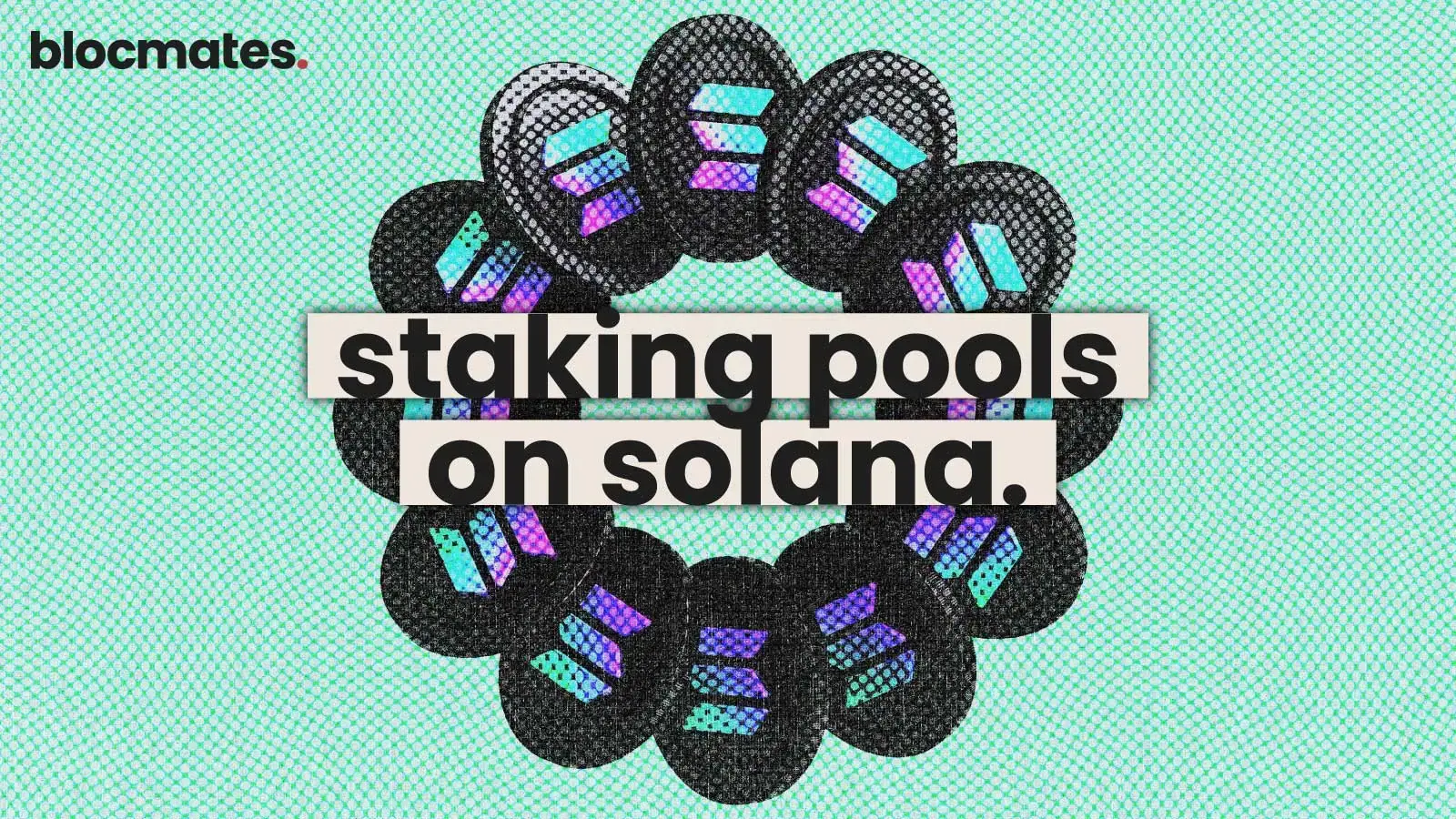





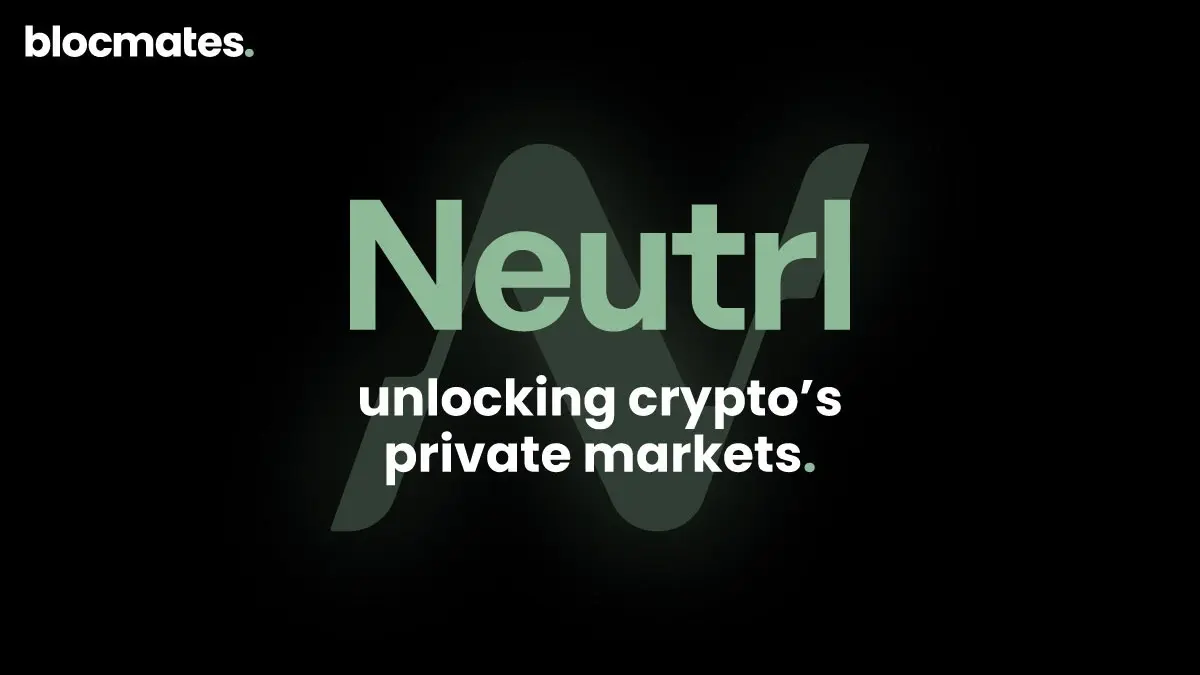


.webp)

.webp)
.webp)

%20(1).webp)
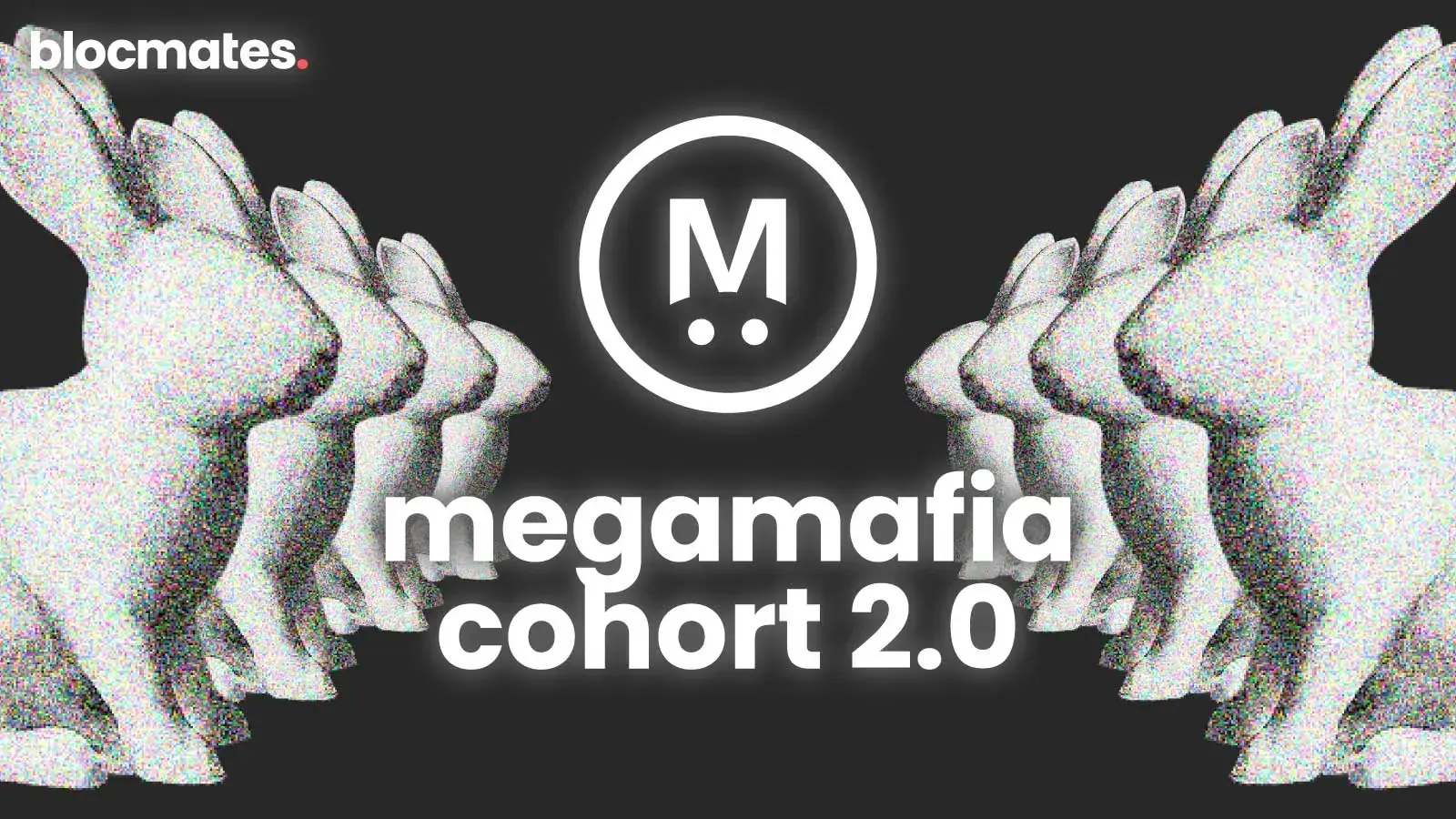
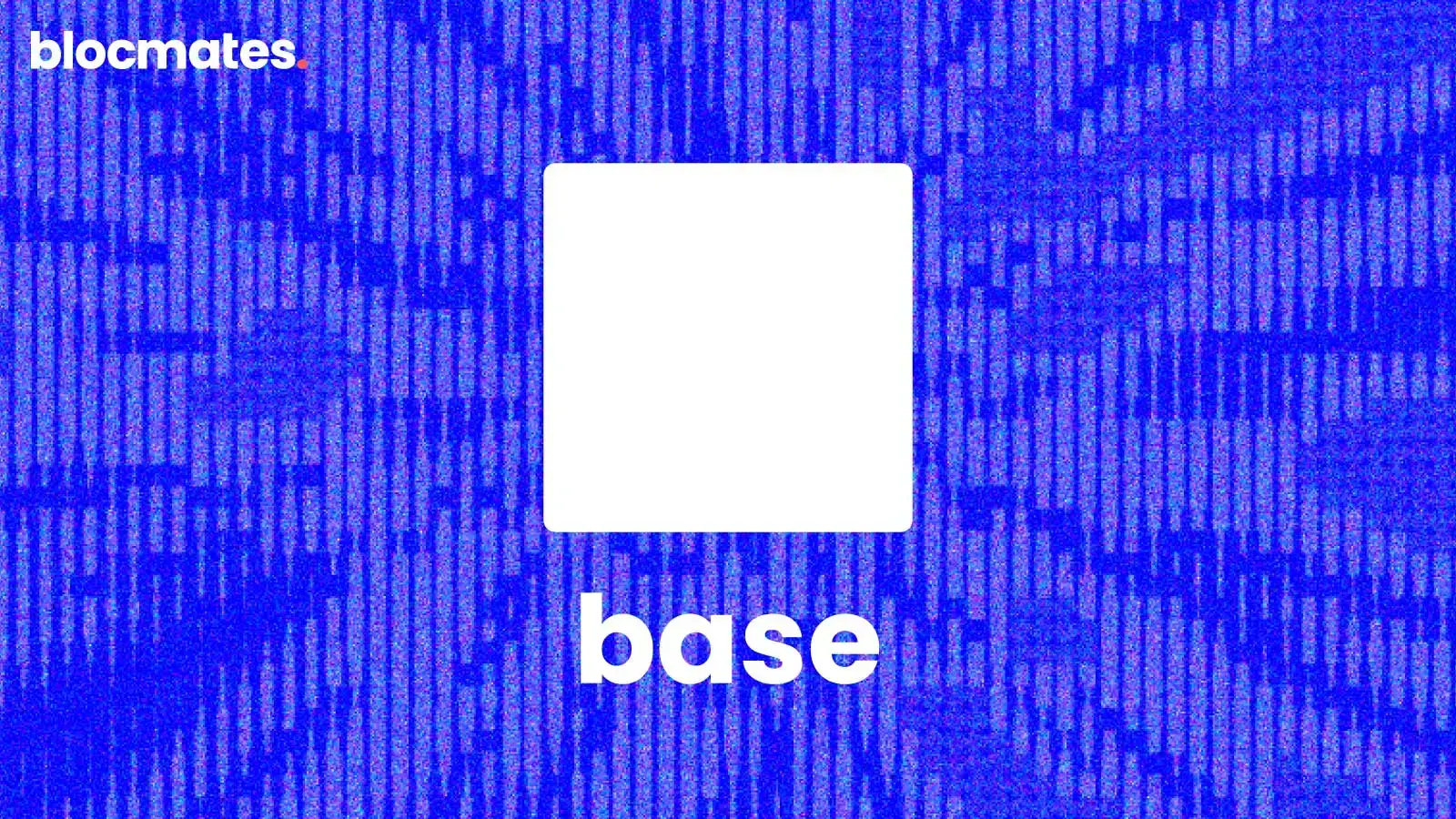
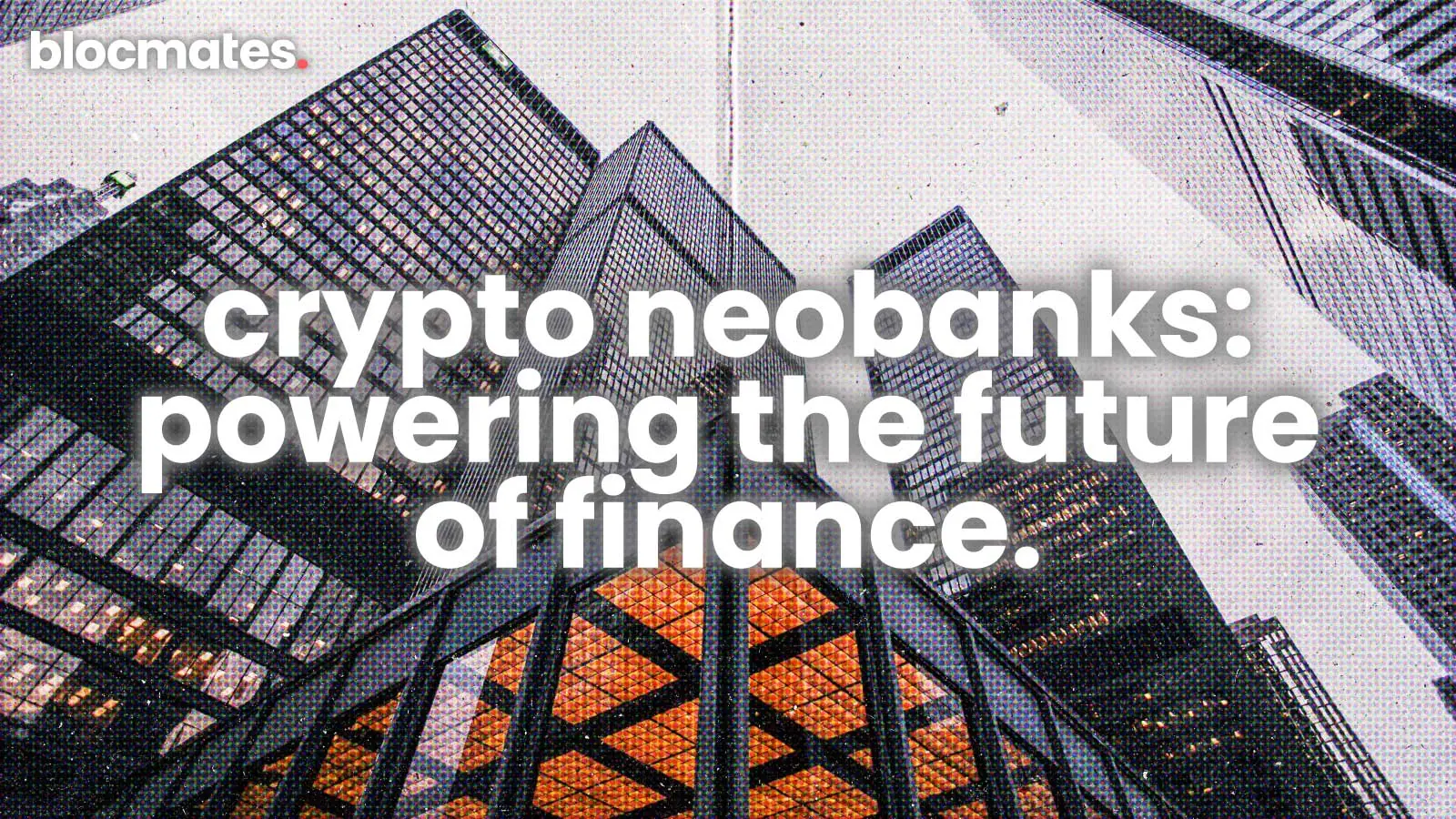


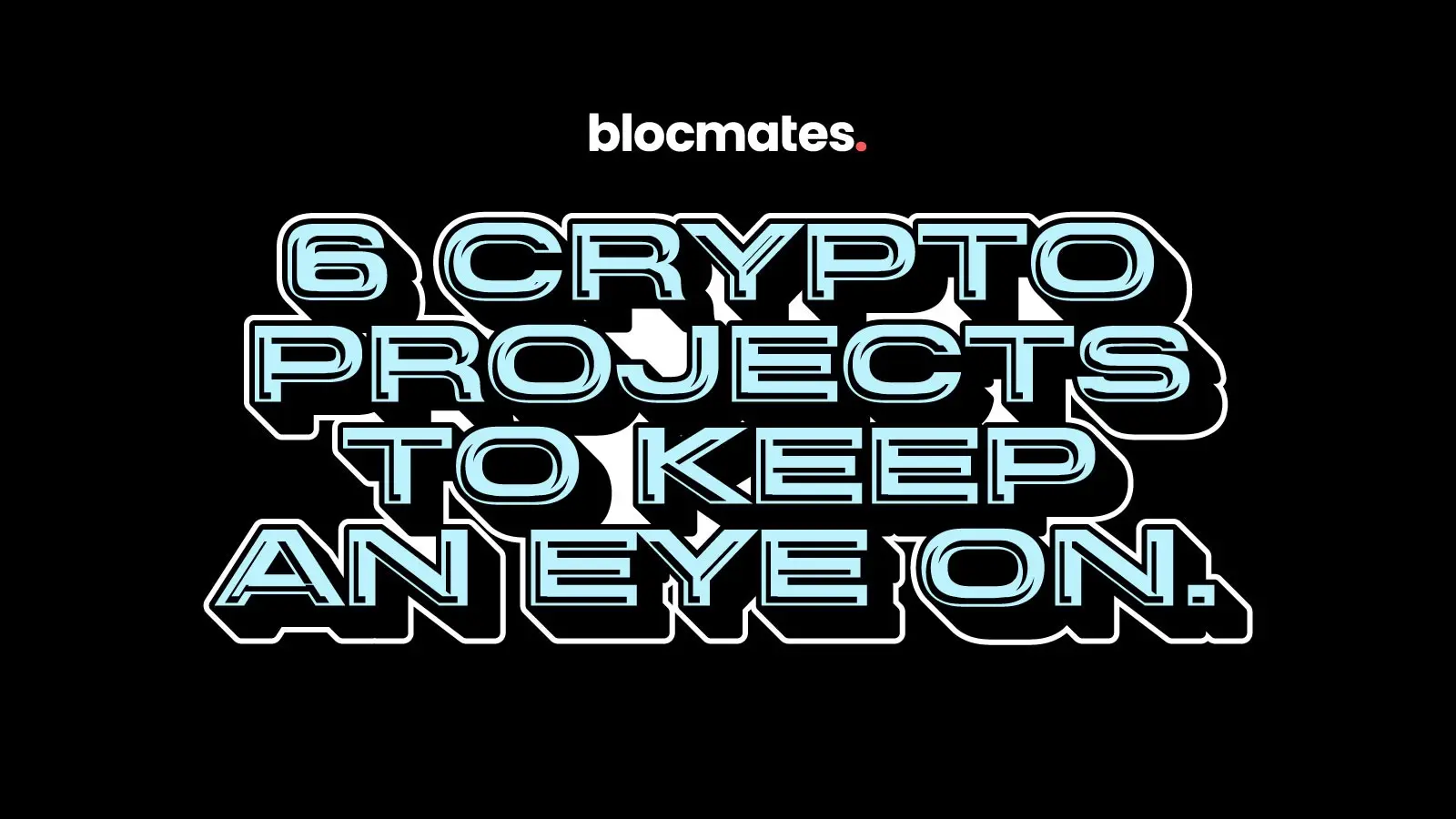
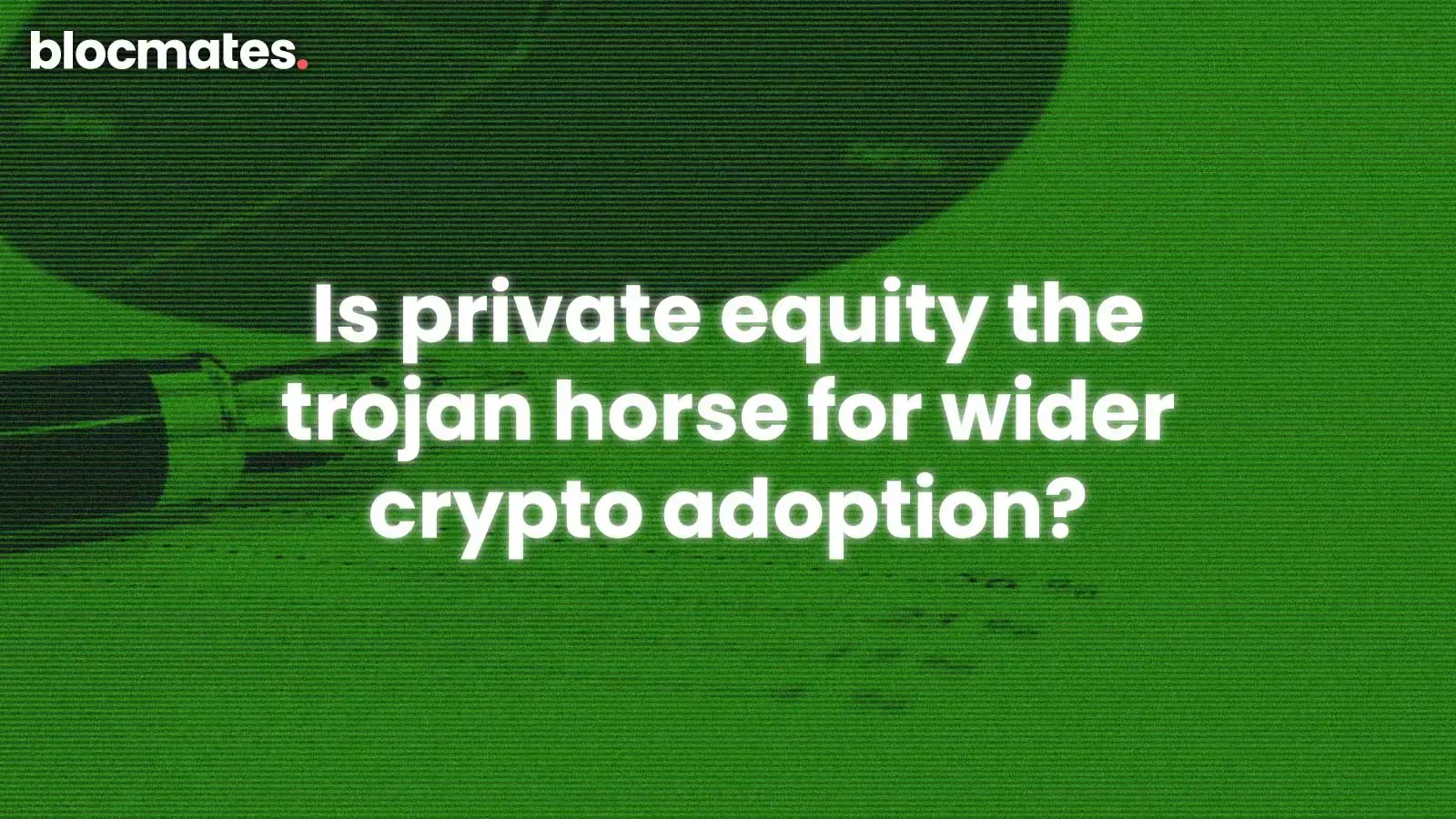
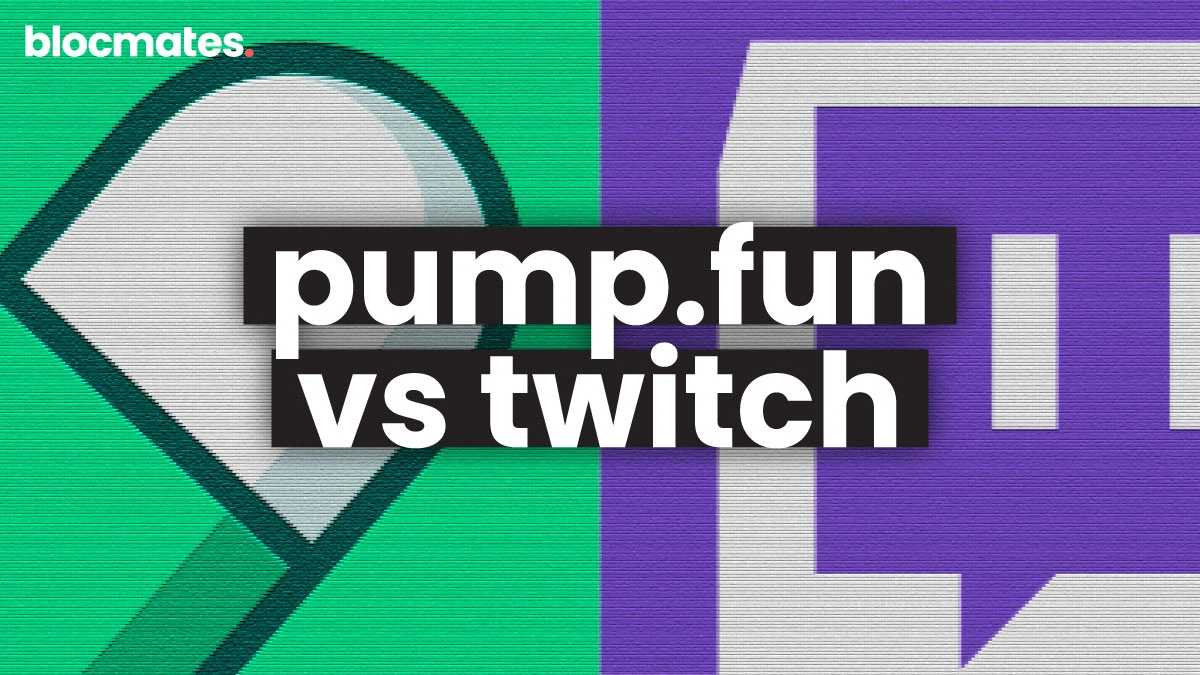

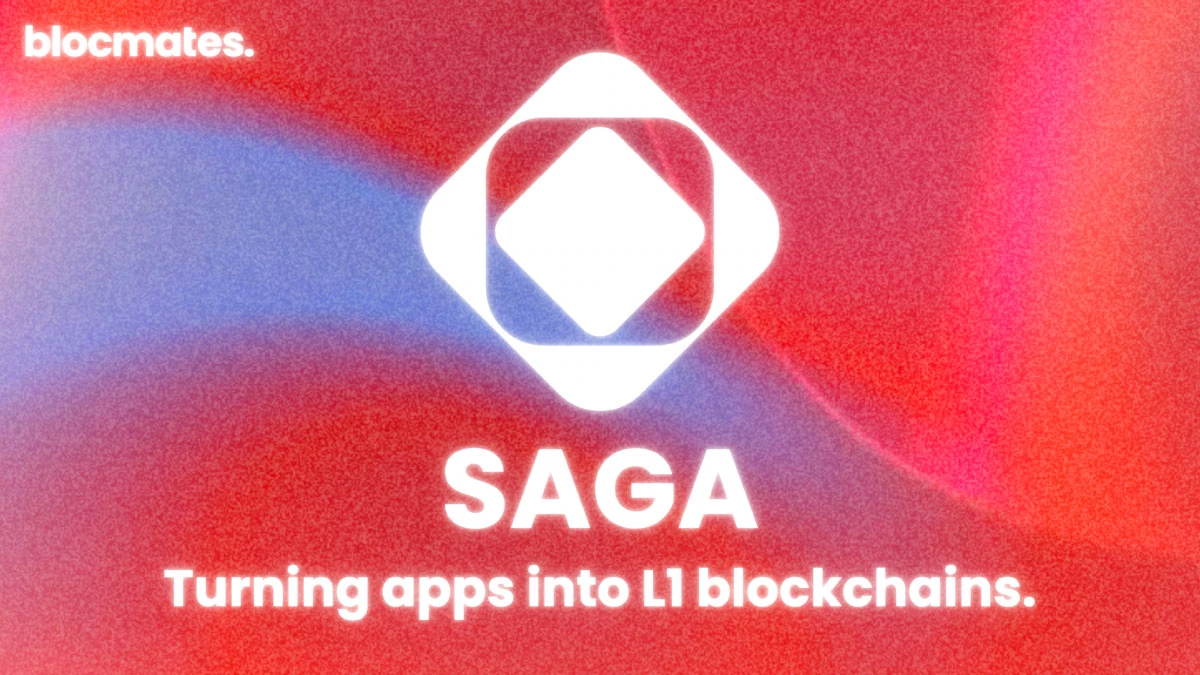


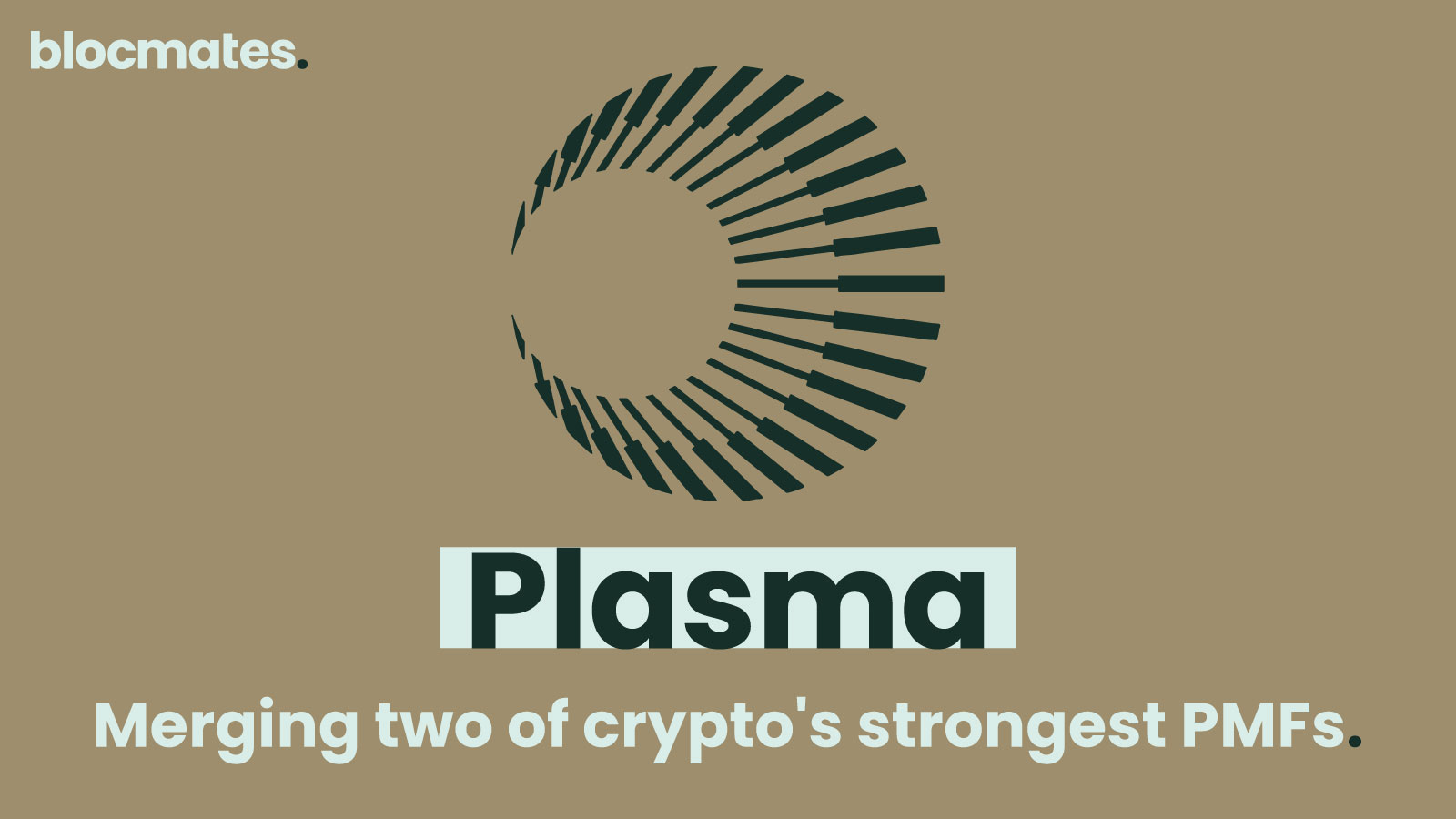

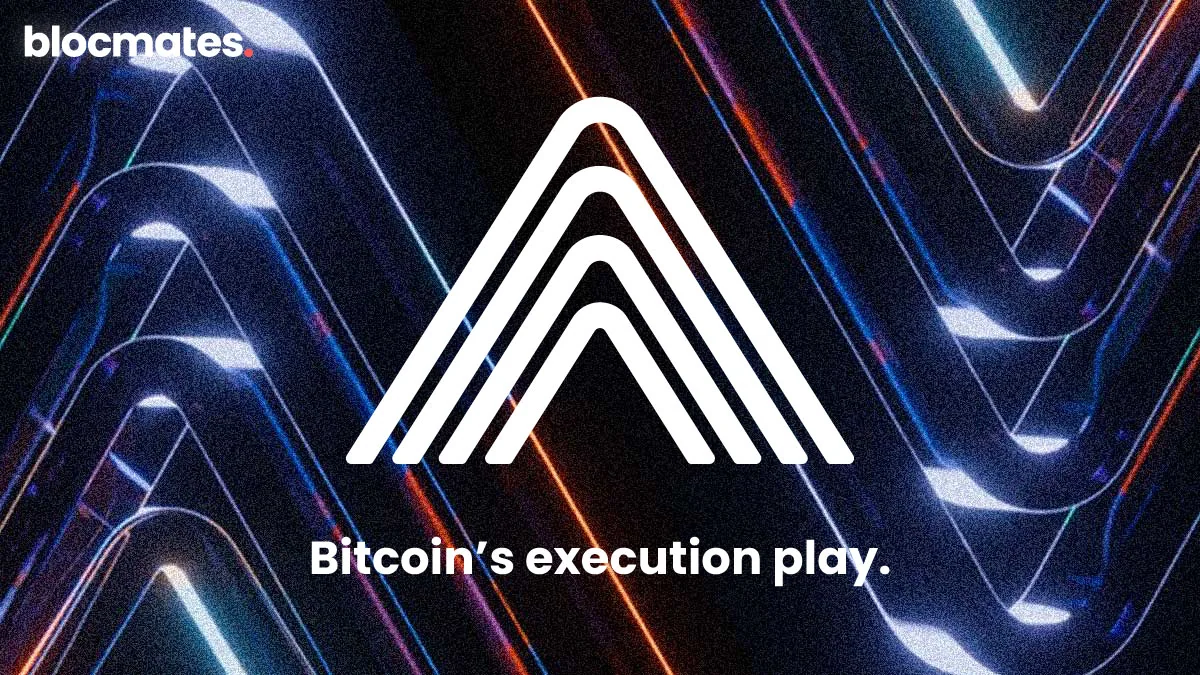

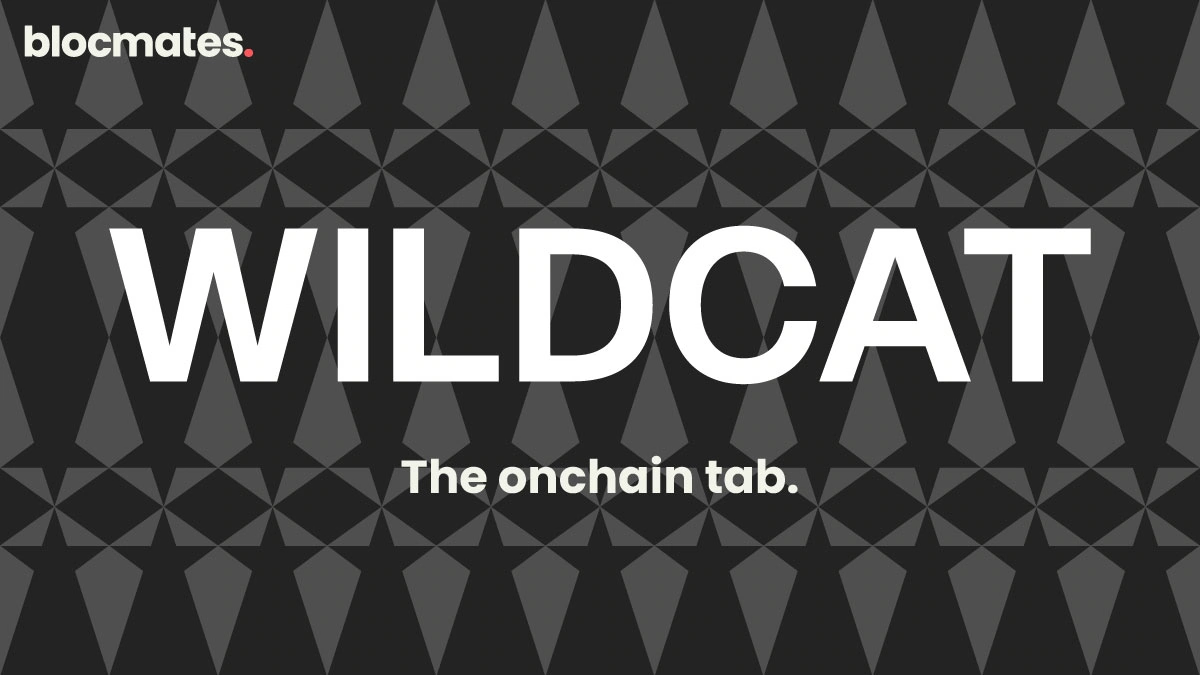
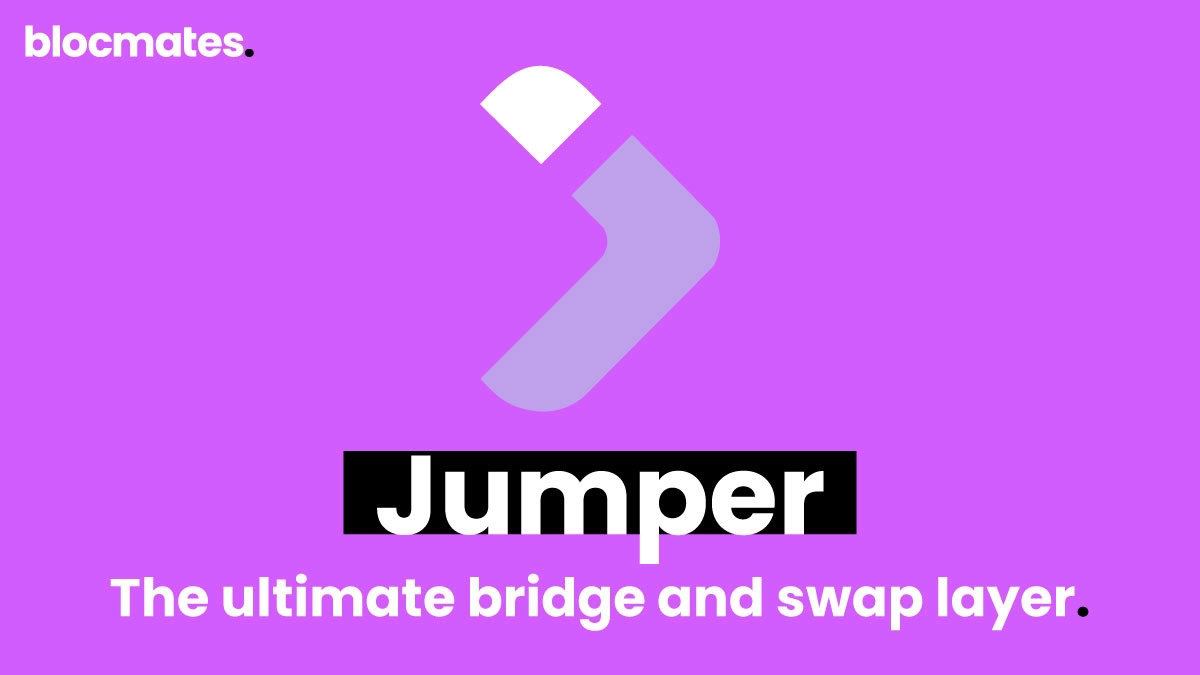
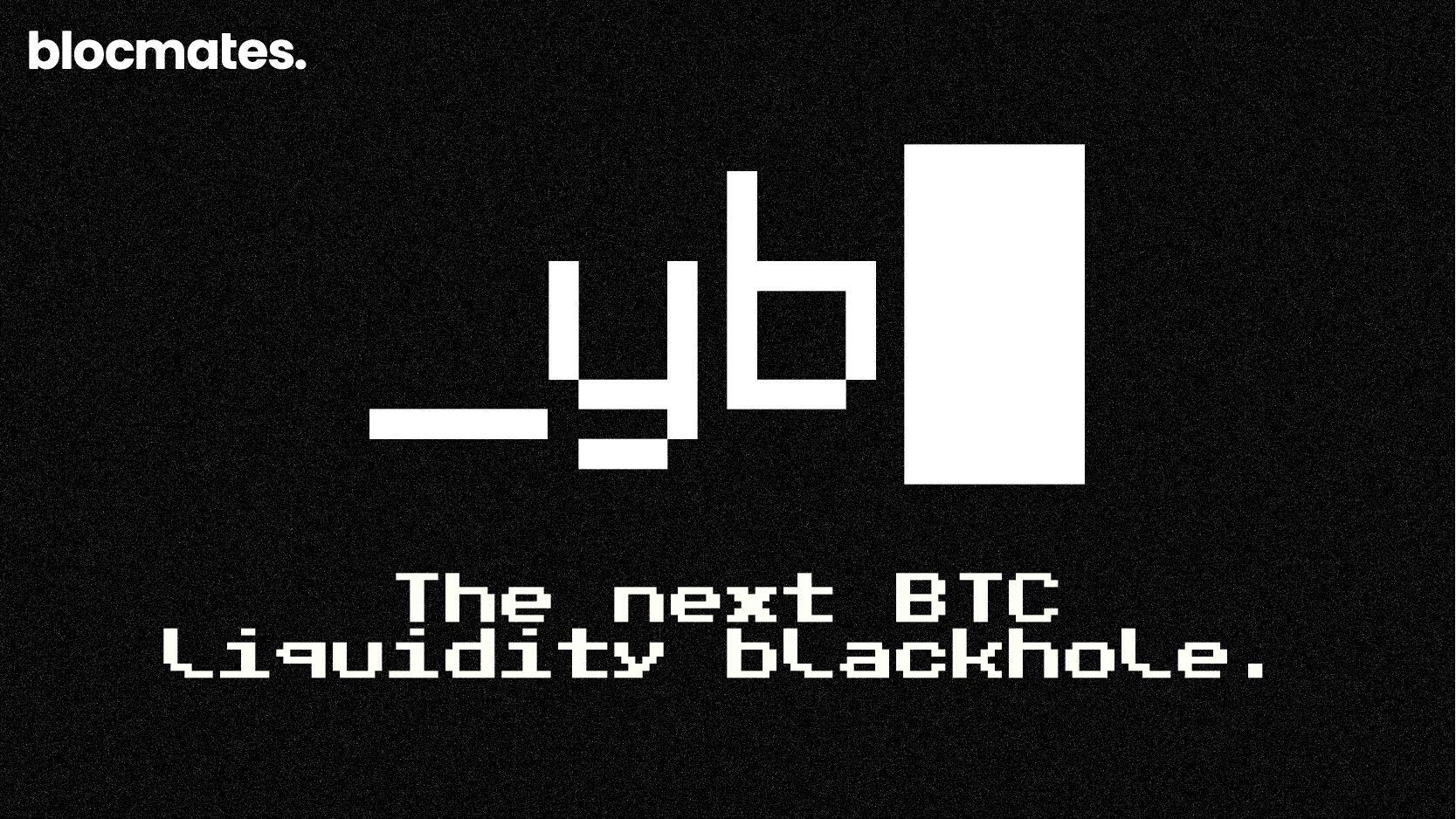
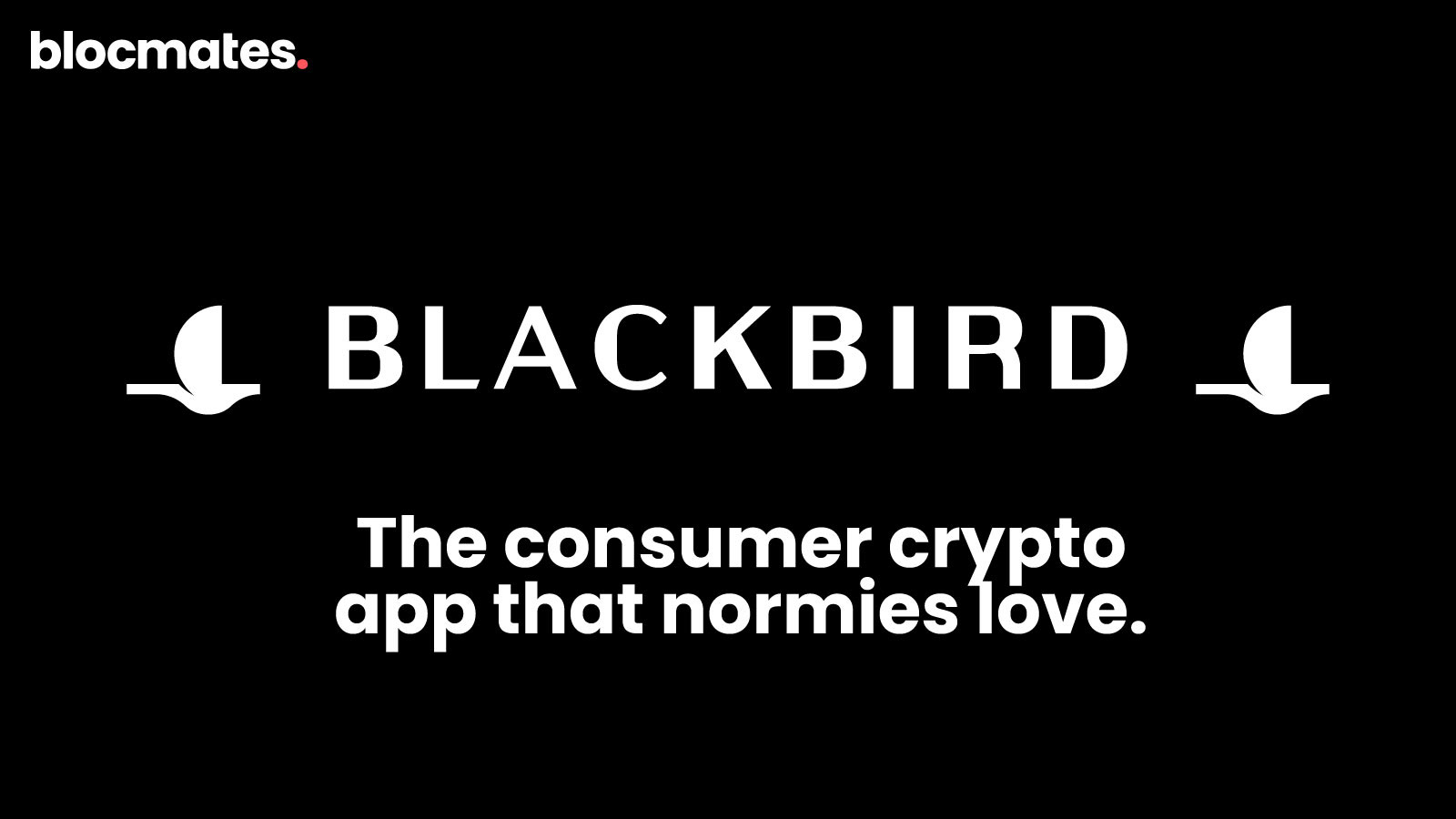
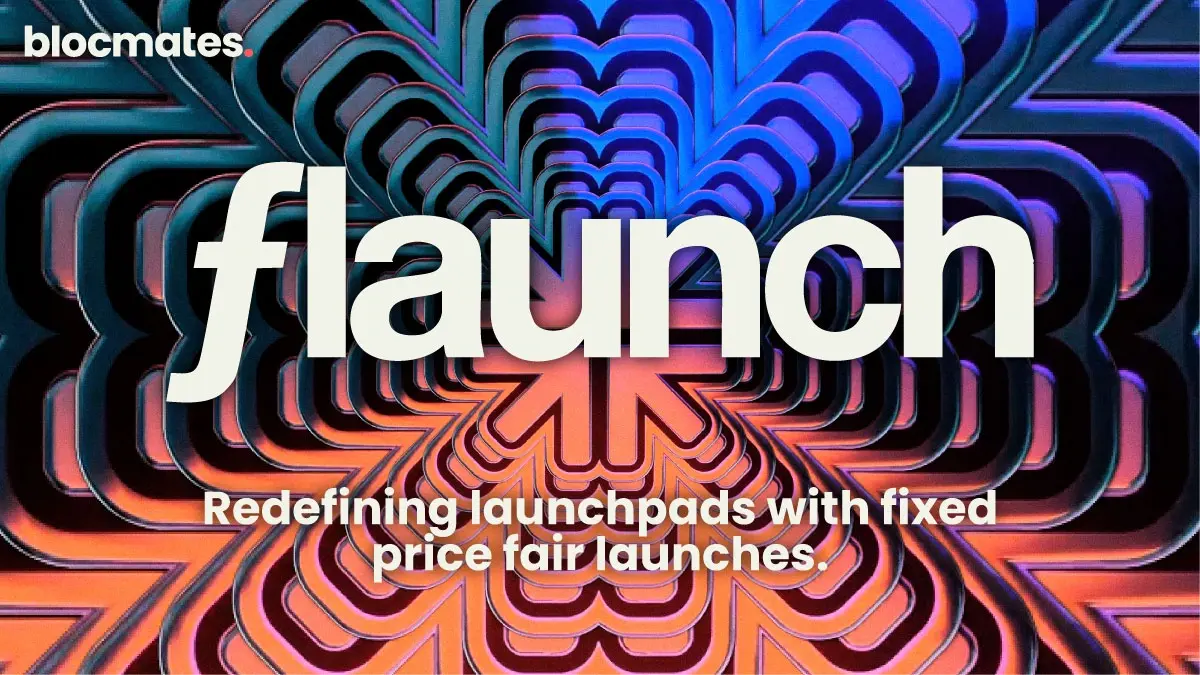

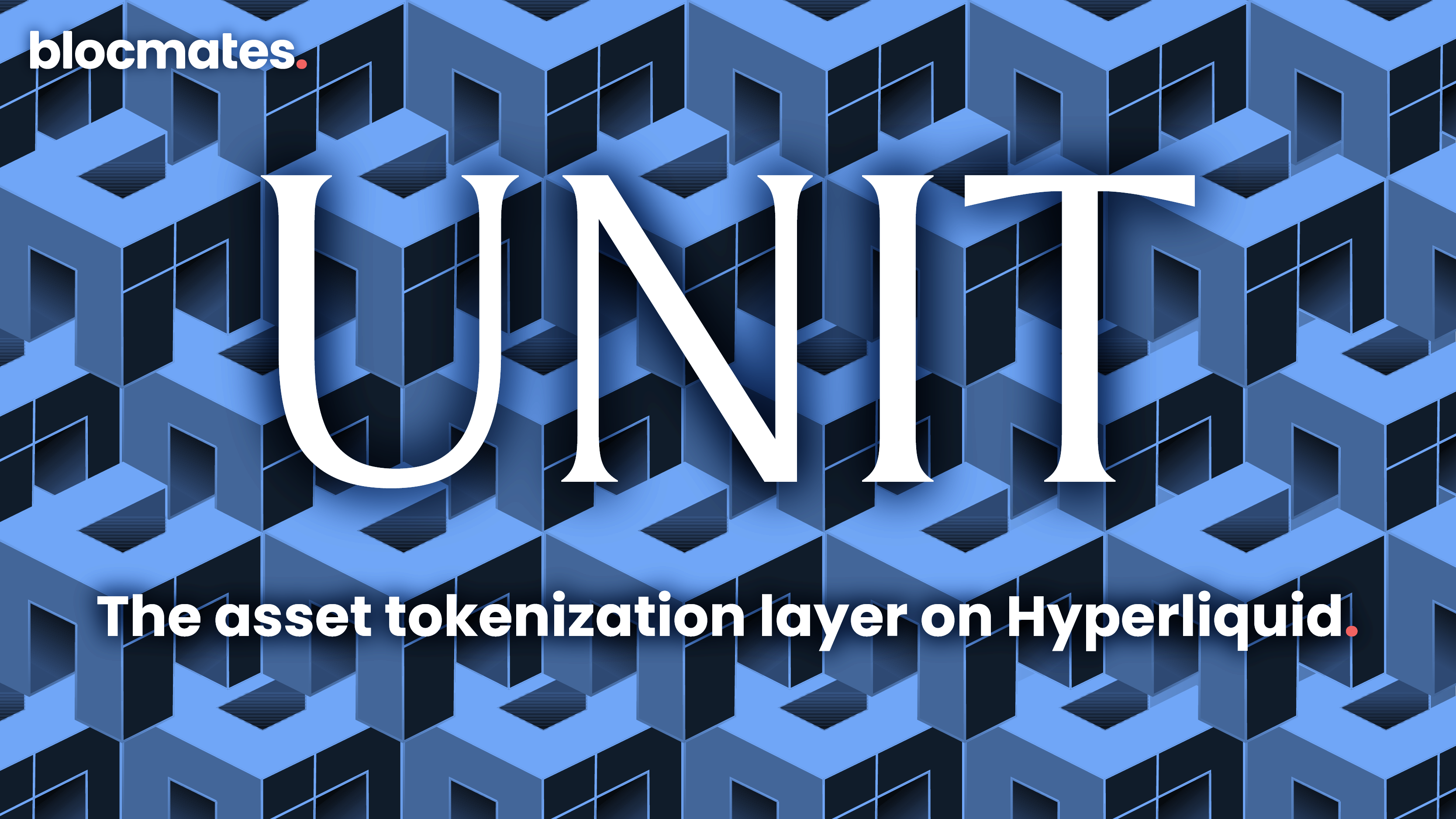



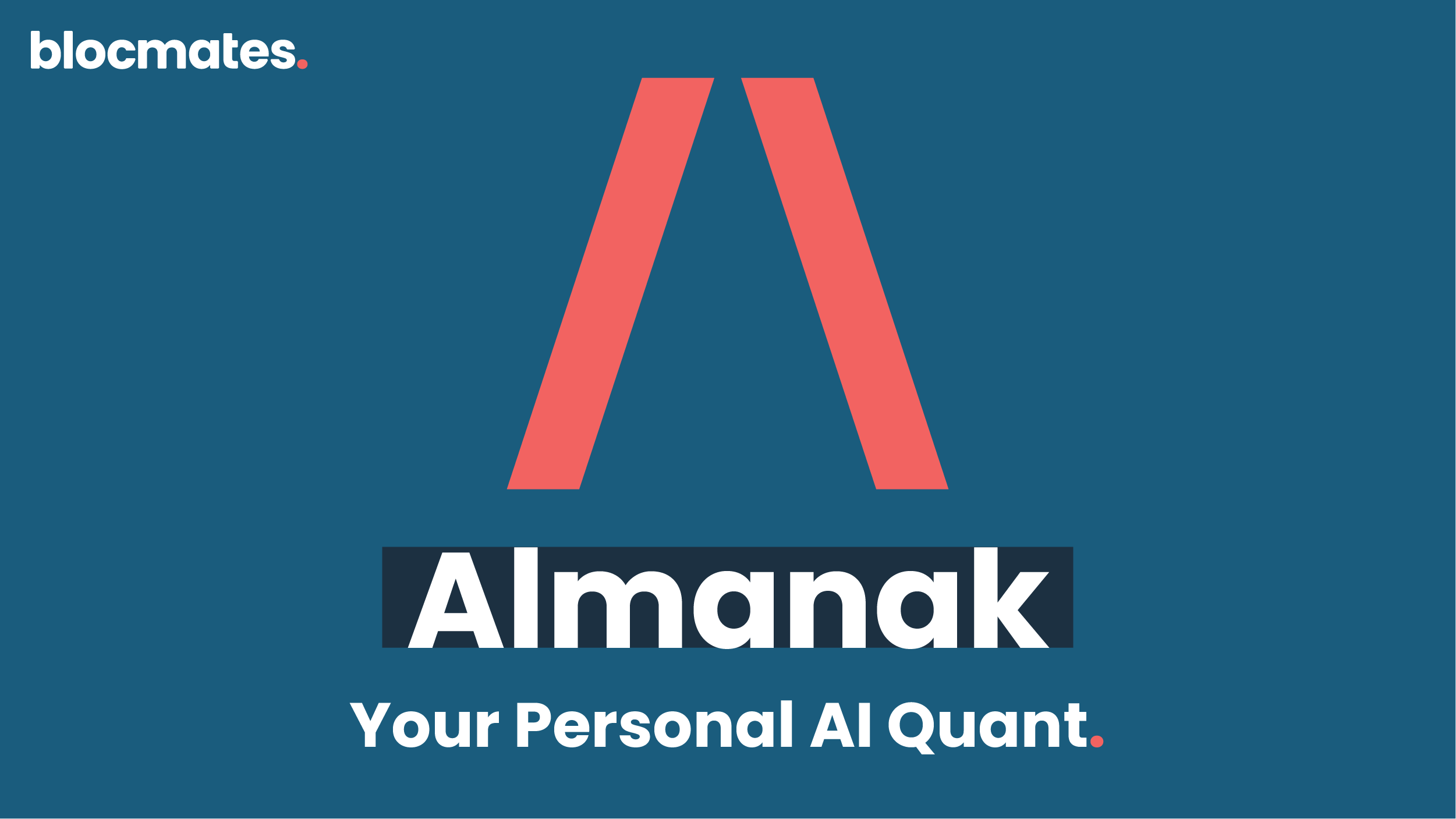
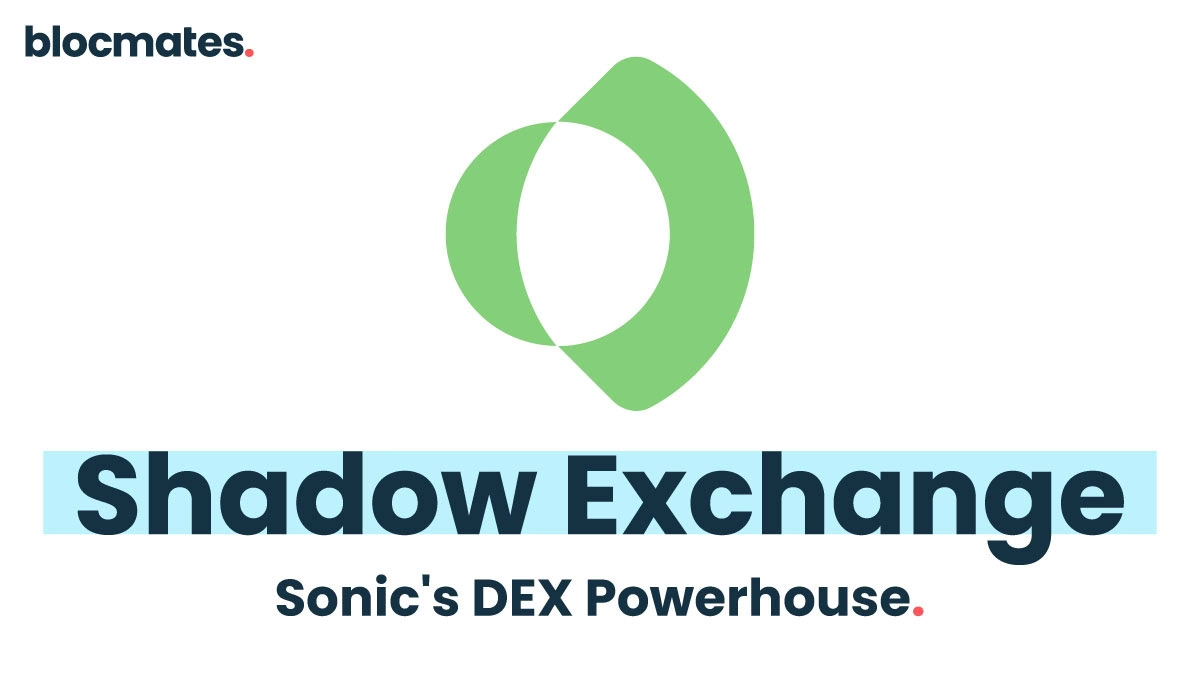


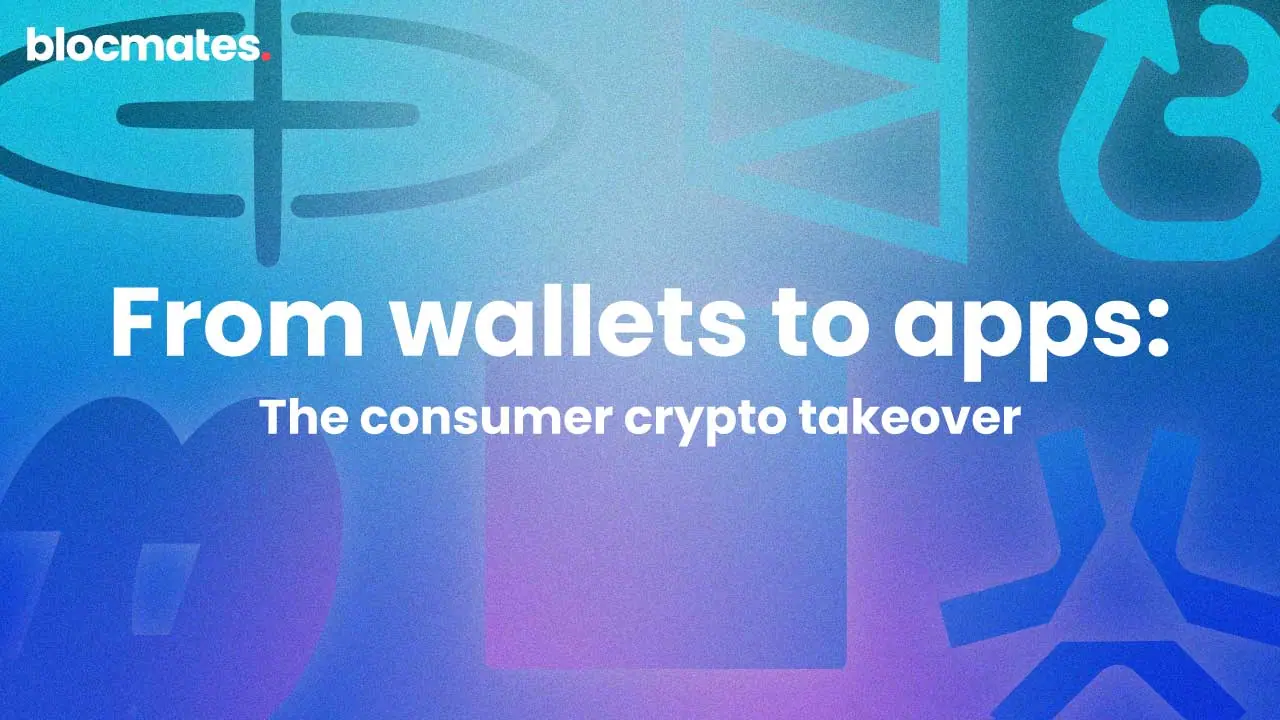



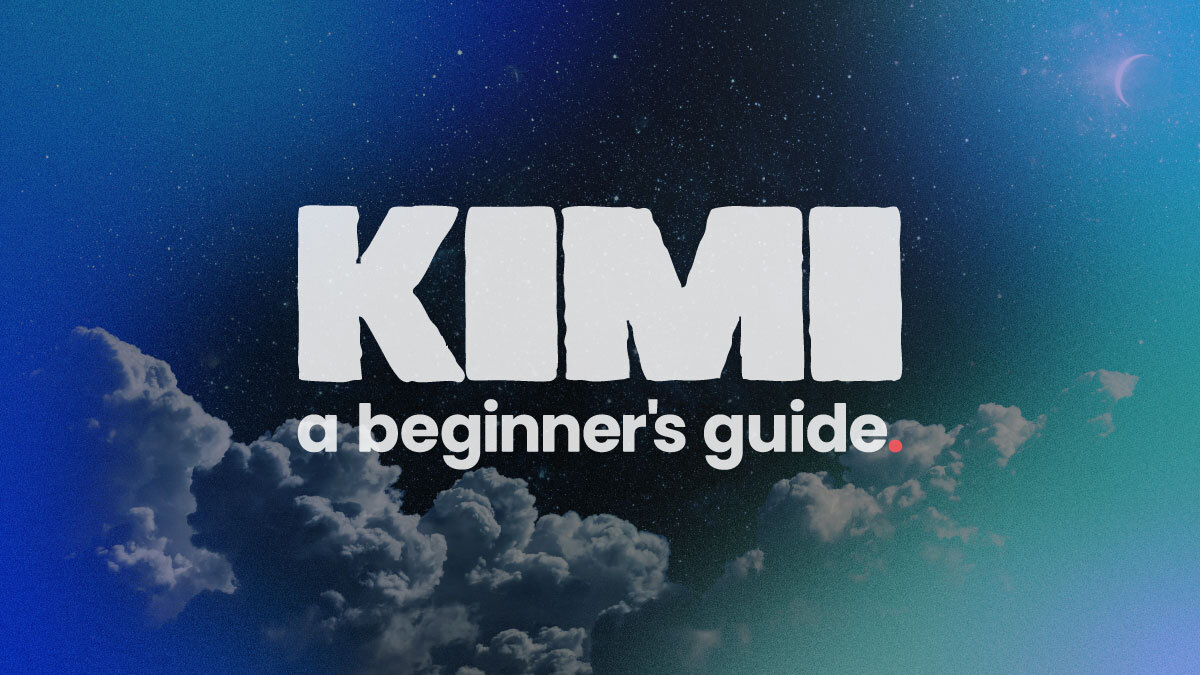
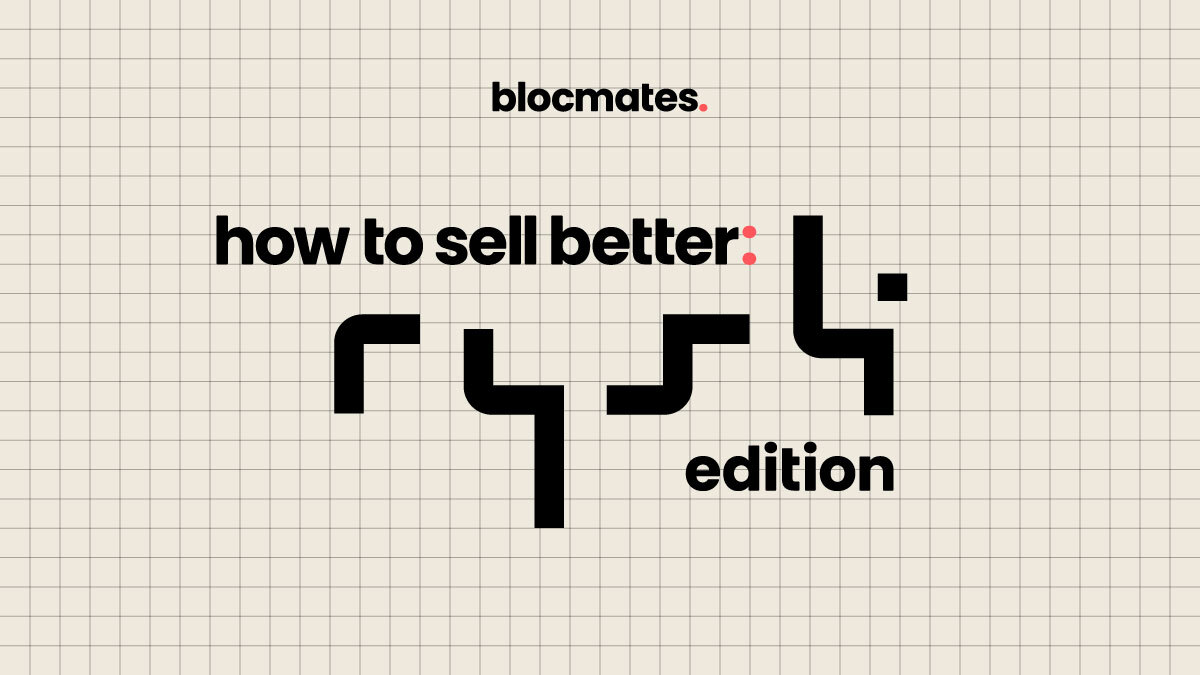
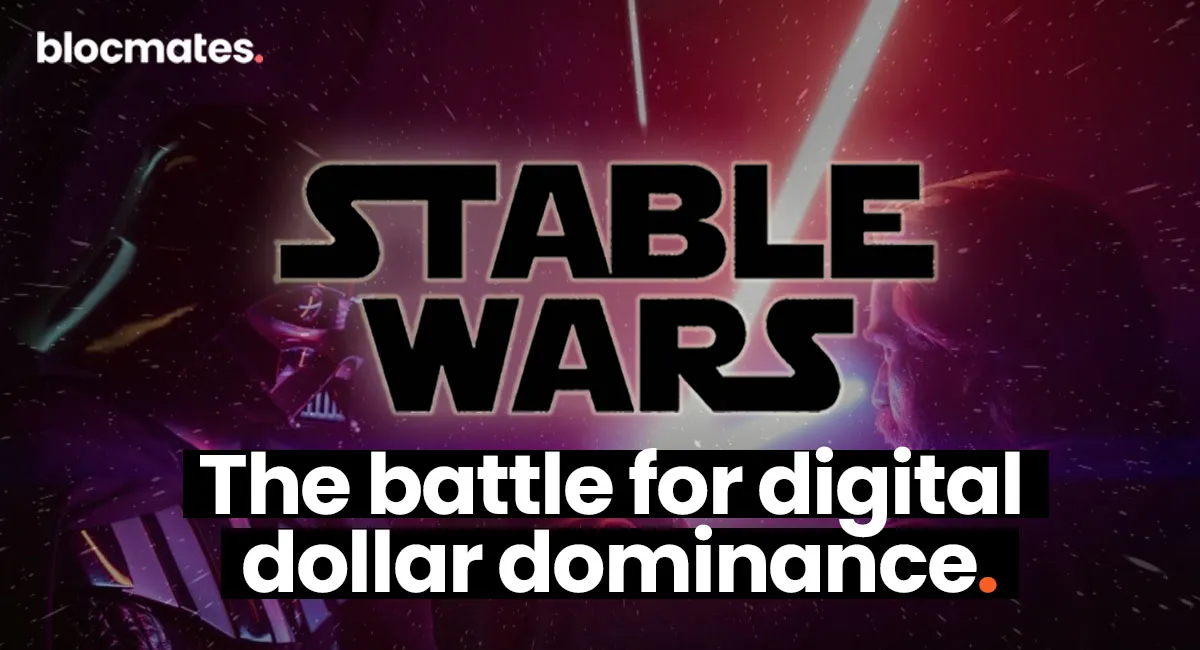

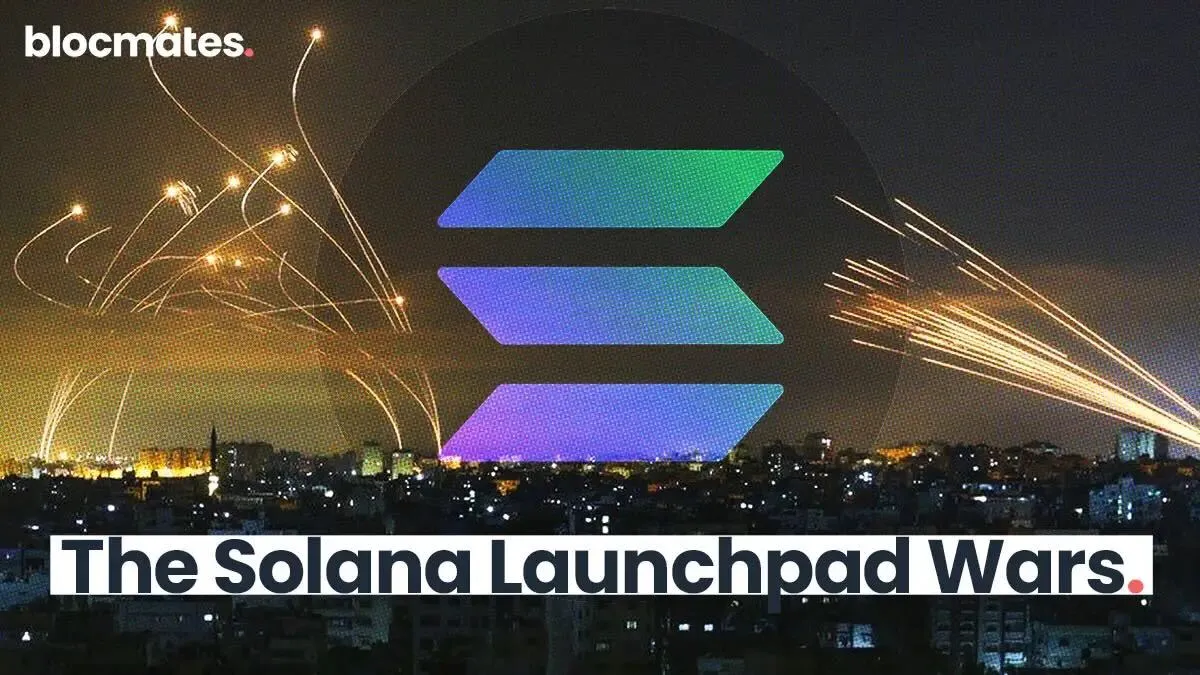




















%202.webp)


.webp)

.webp)
.webp)
.webp)



.webp)

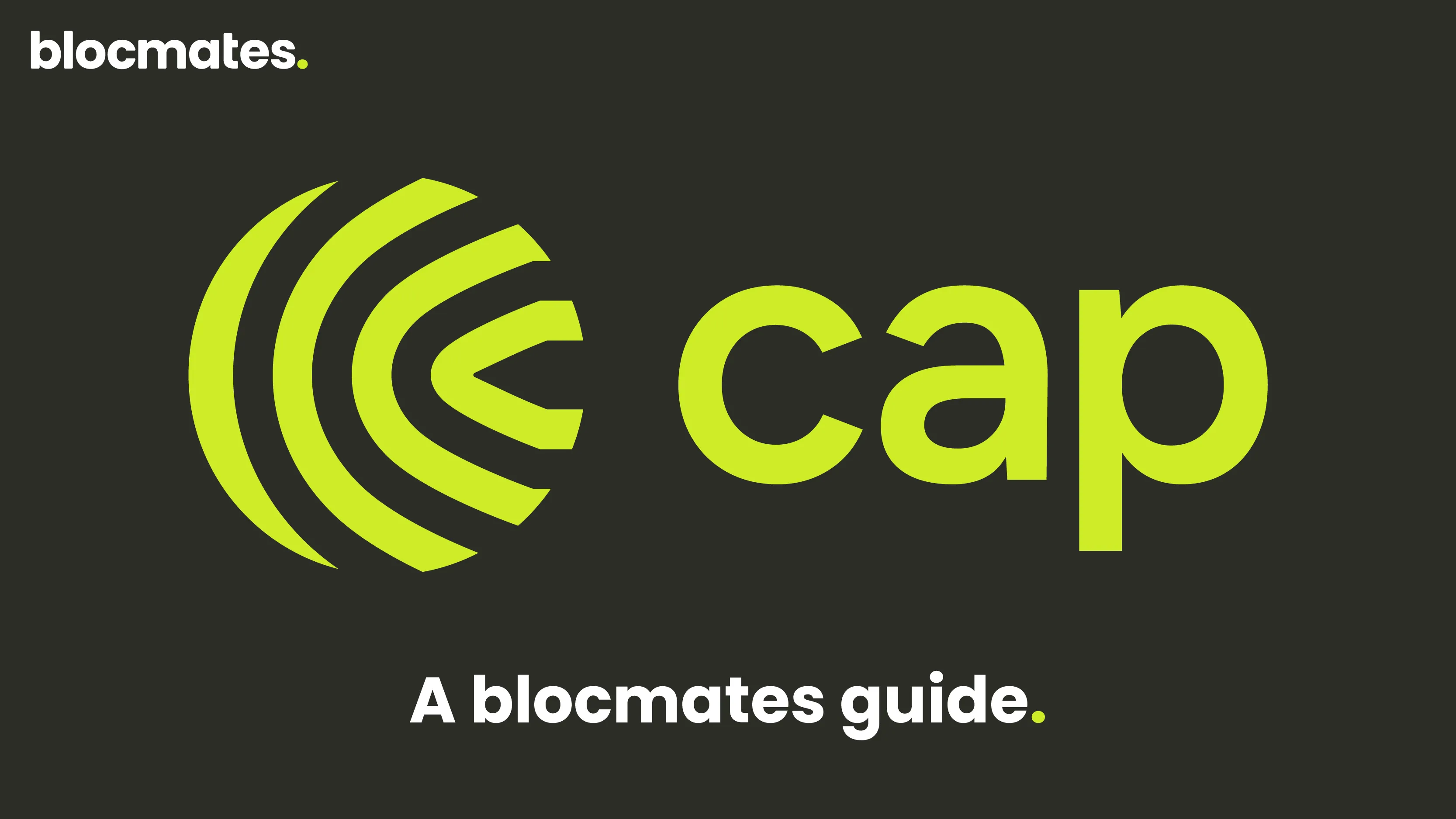










%20the%20Next%20Big%20Unlock%20in%20AI.webp)




.webp)
.webp)

.webp)
.webp)
.webp)


.webp)
.webp)










.webp)


.webp)









.webp)







.webp)
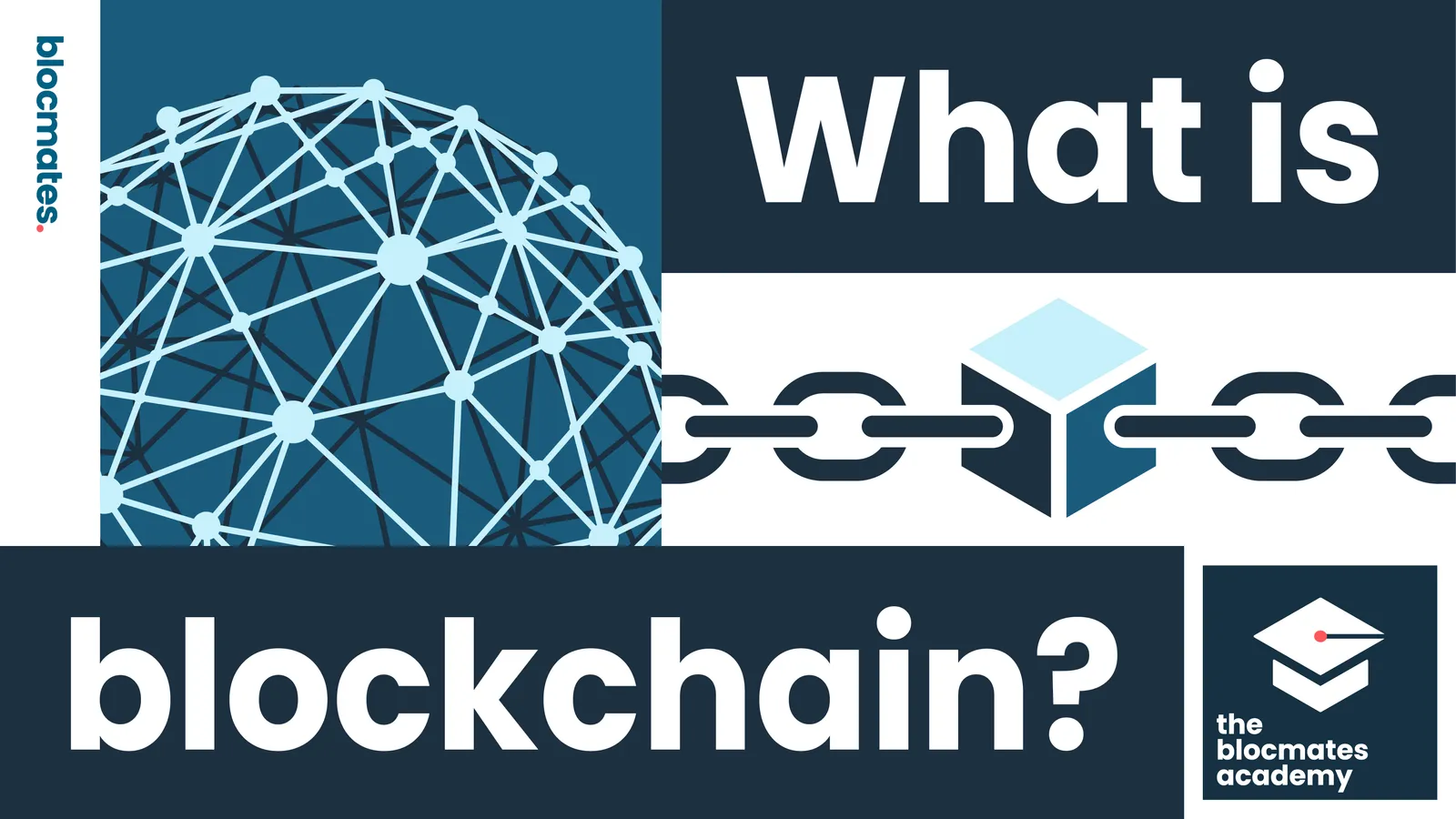



.webp)






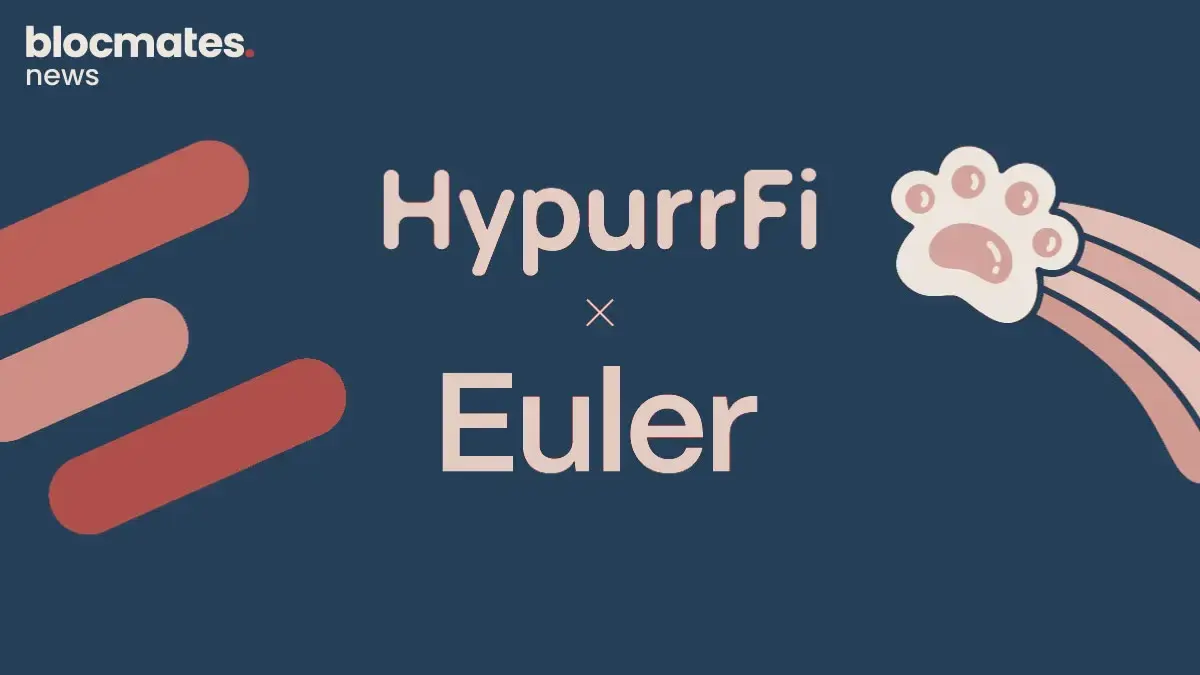







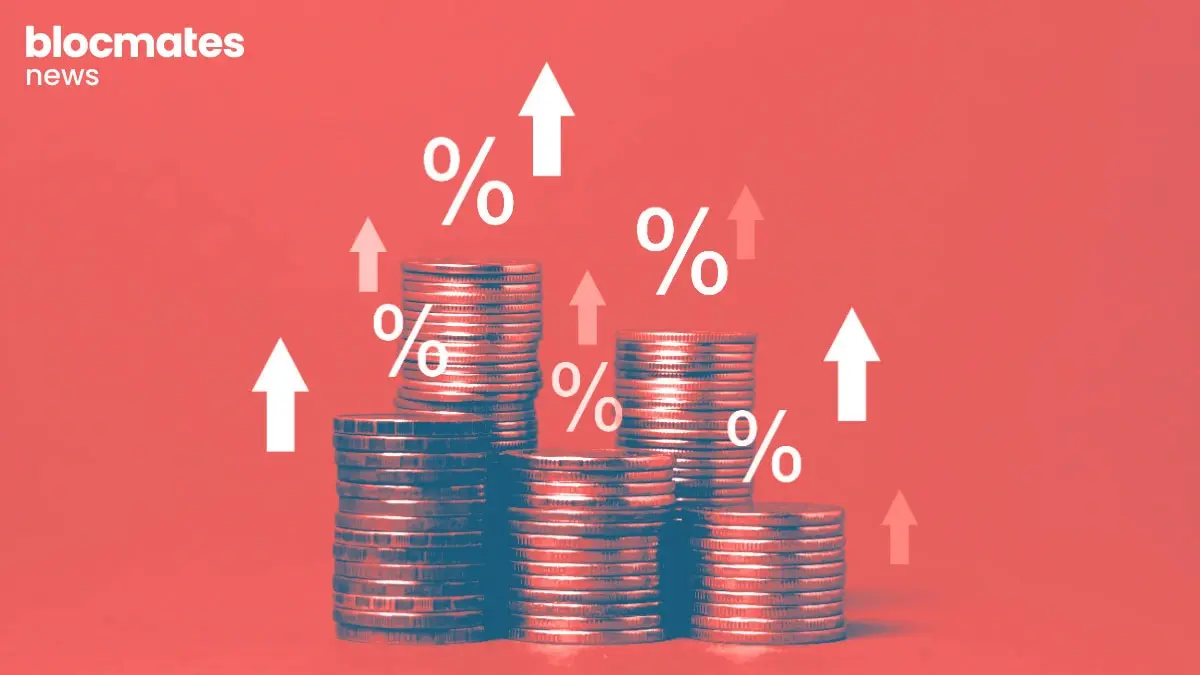

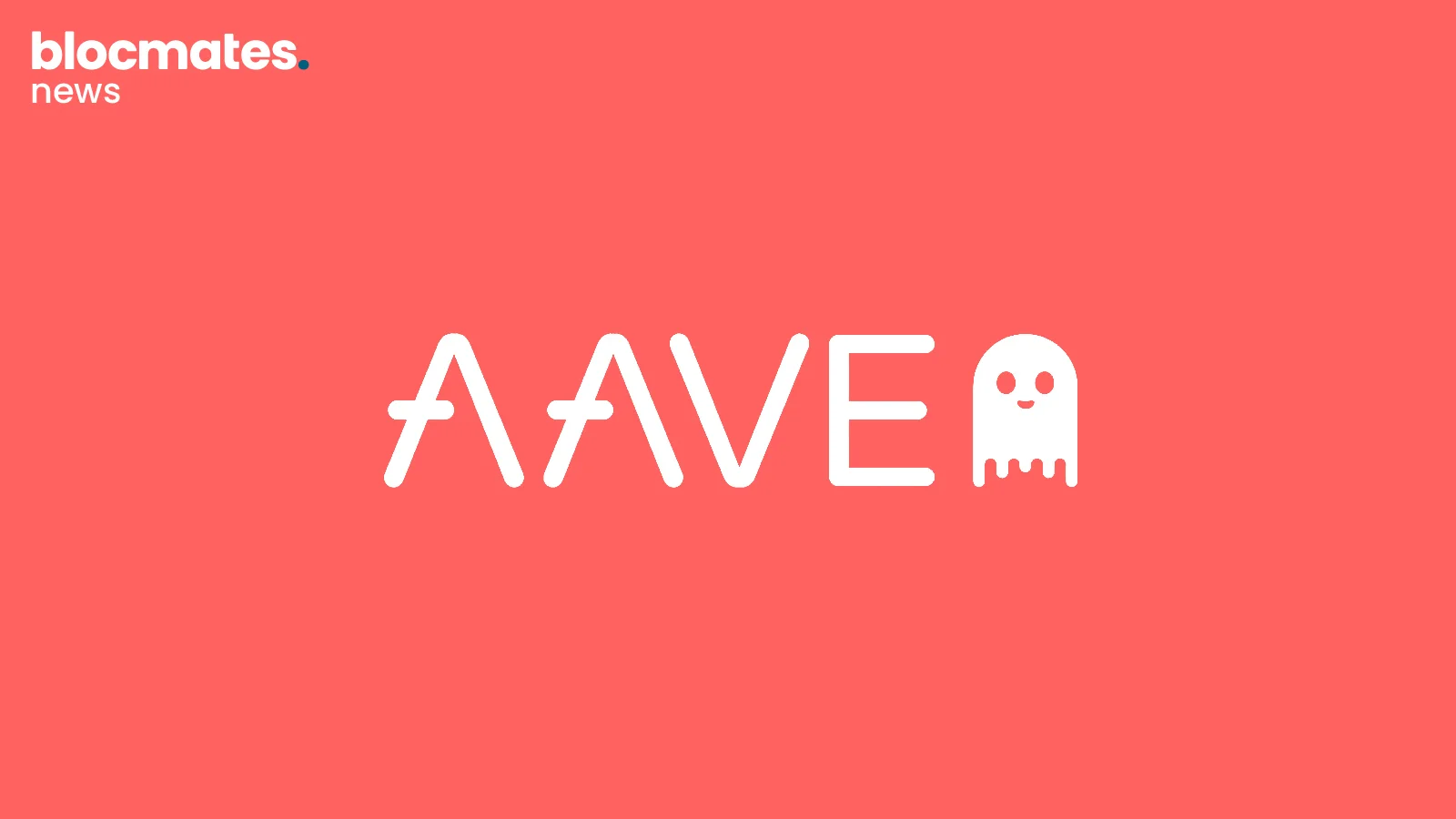
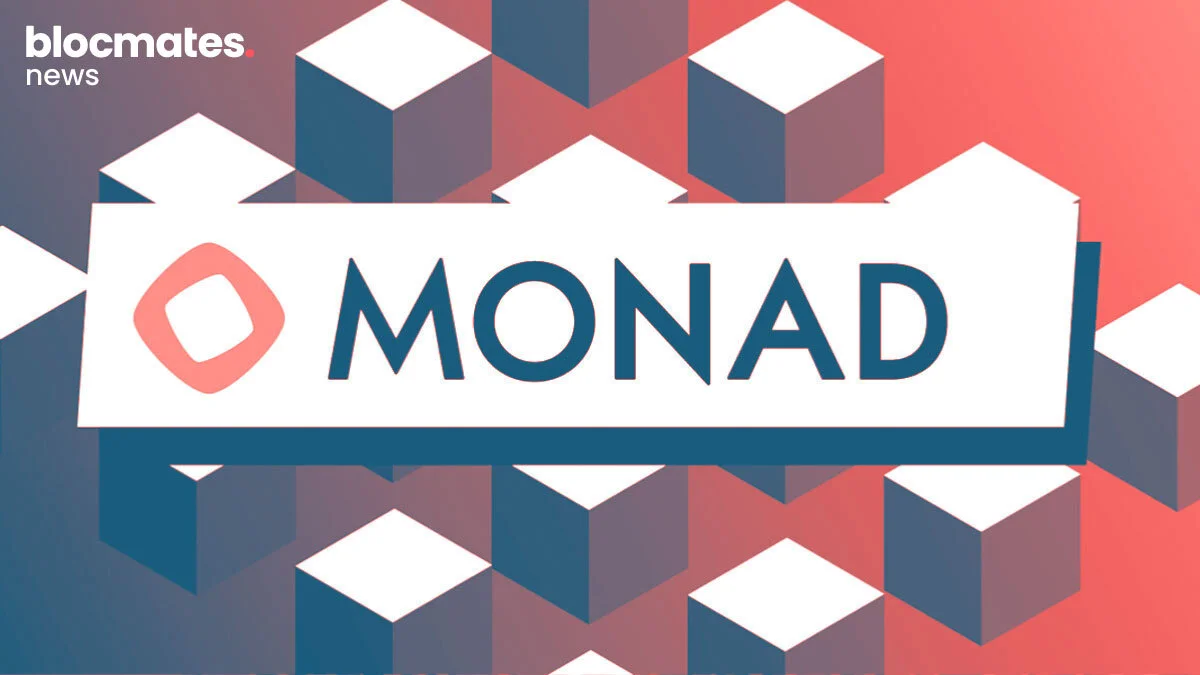






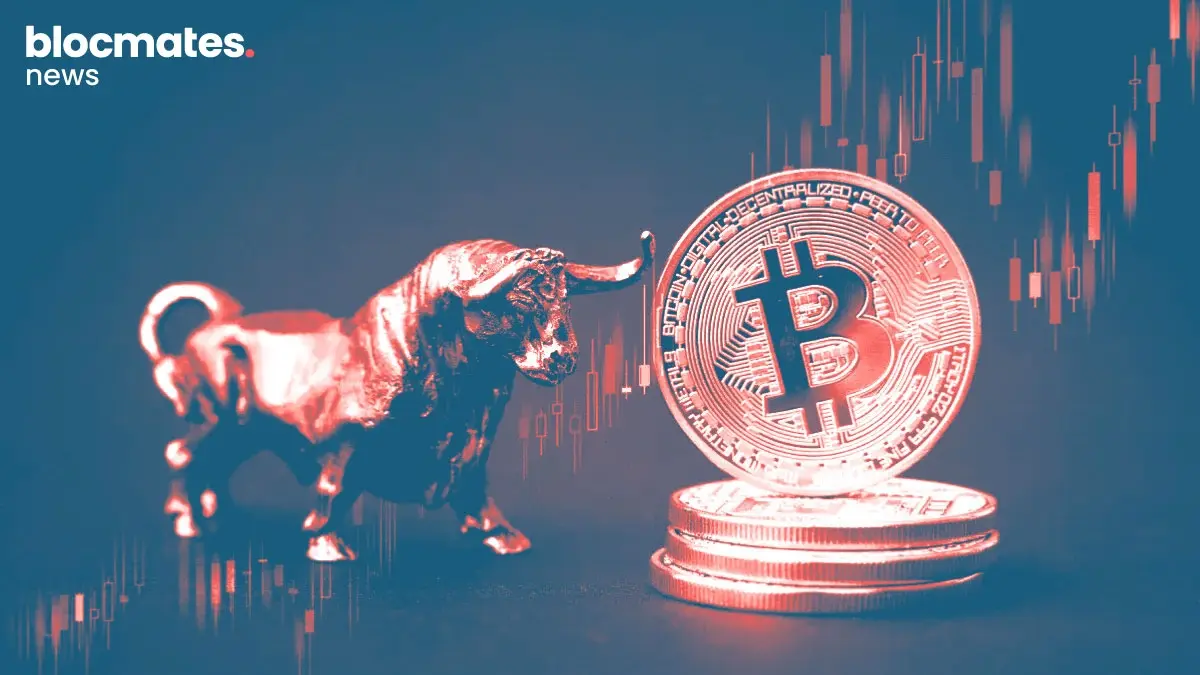

.webp)
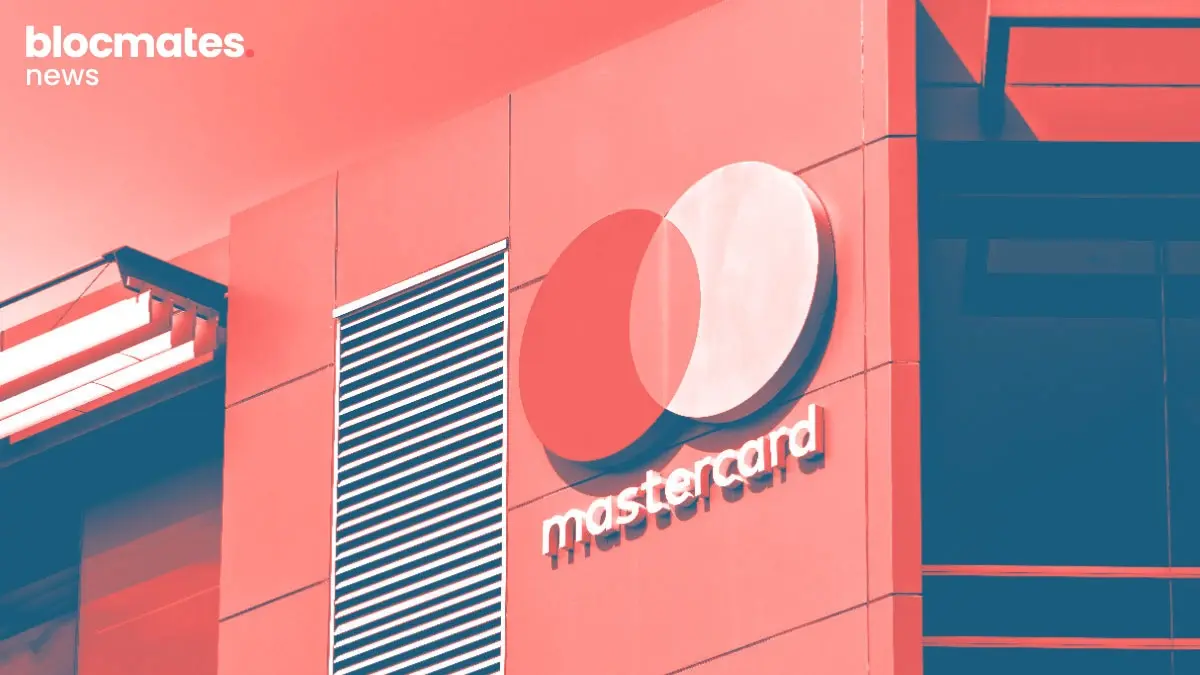






.webp)


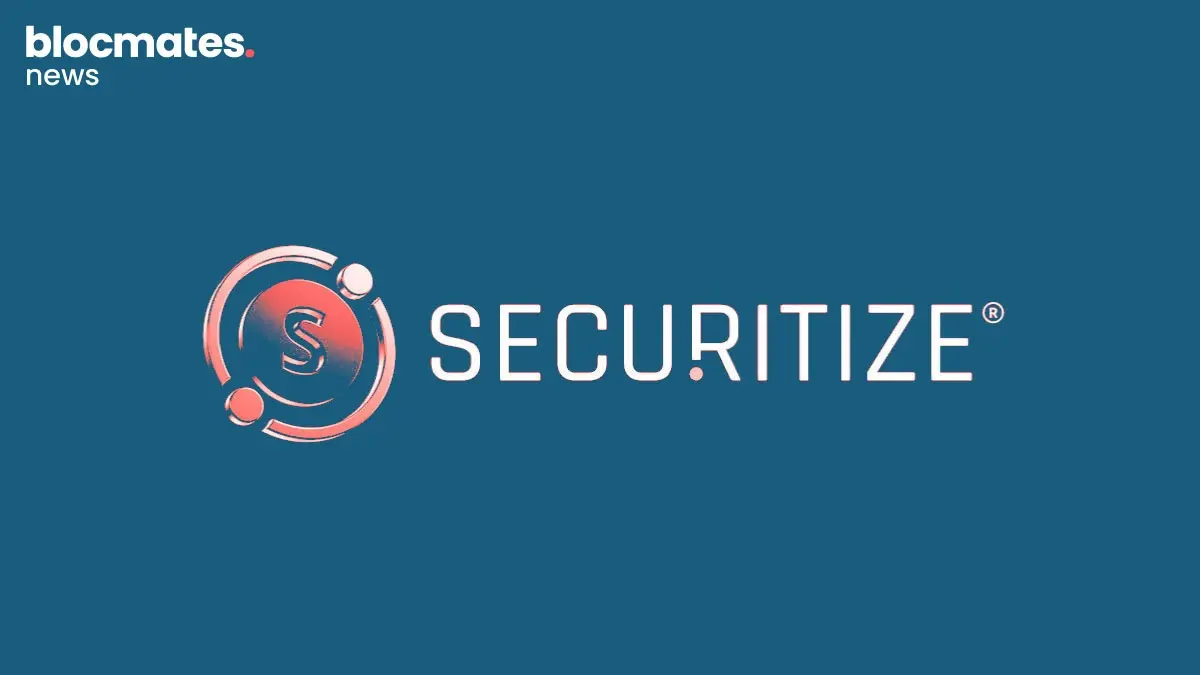

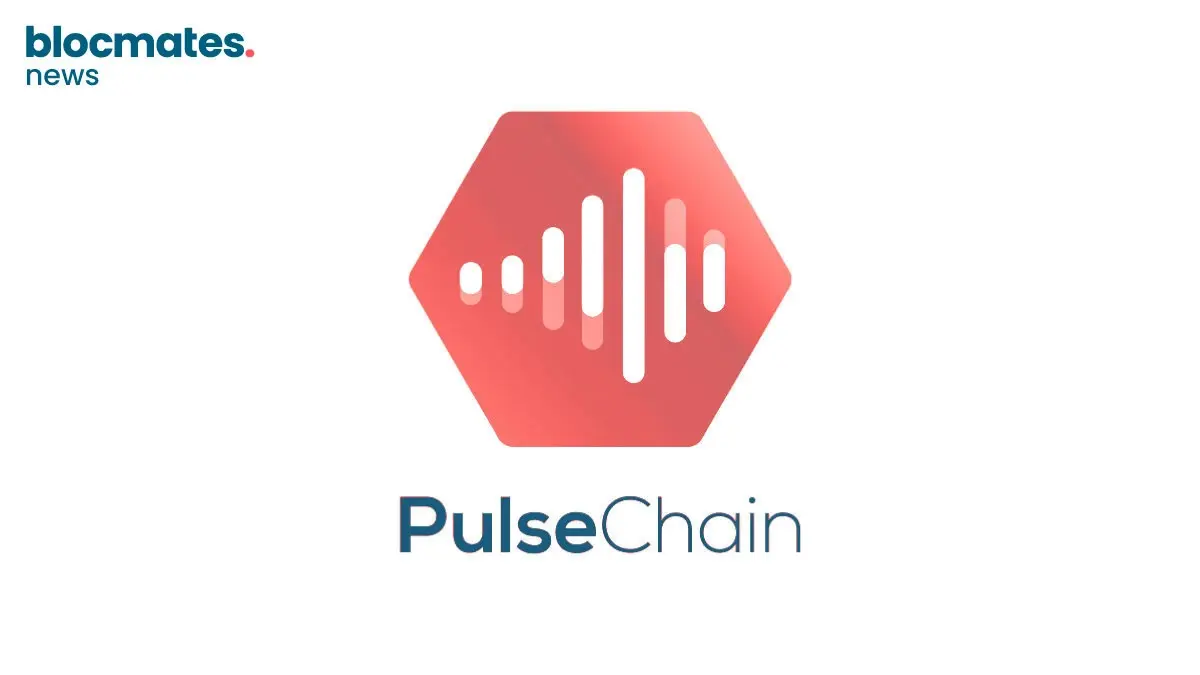
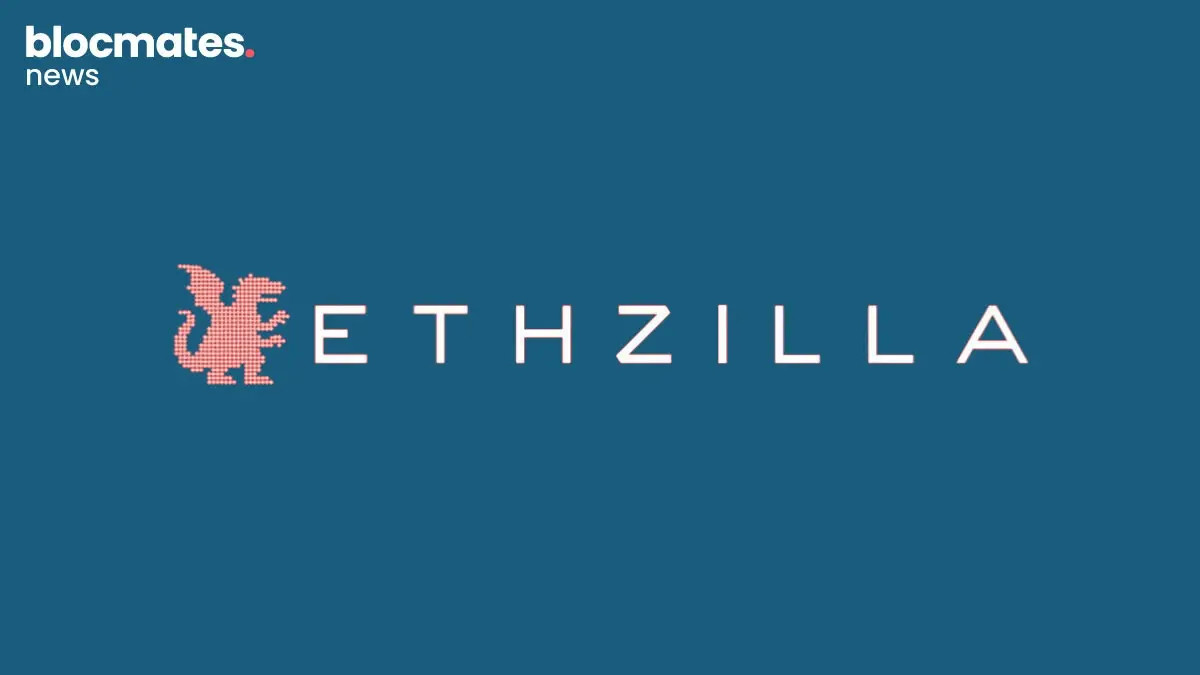
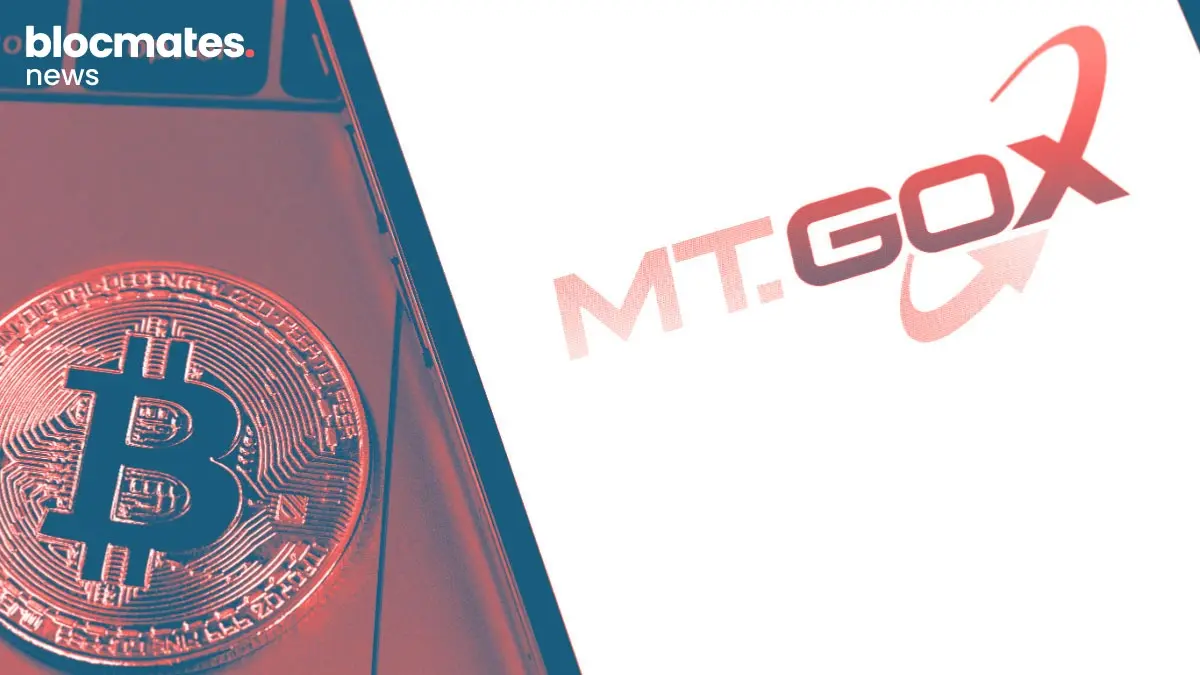
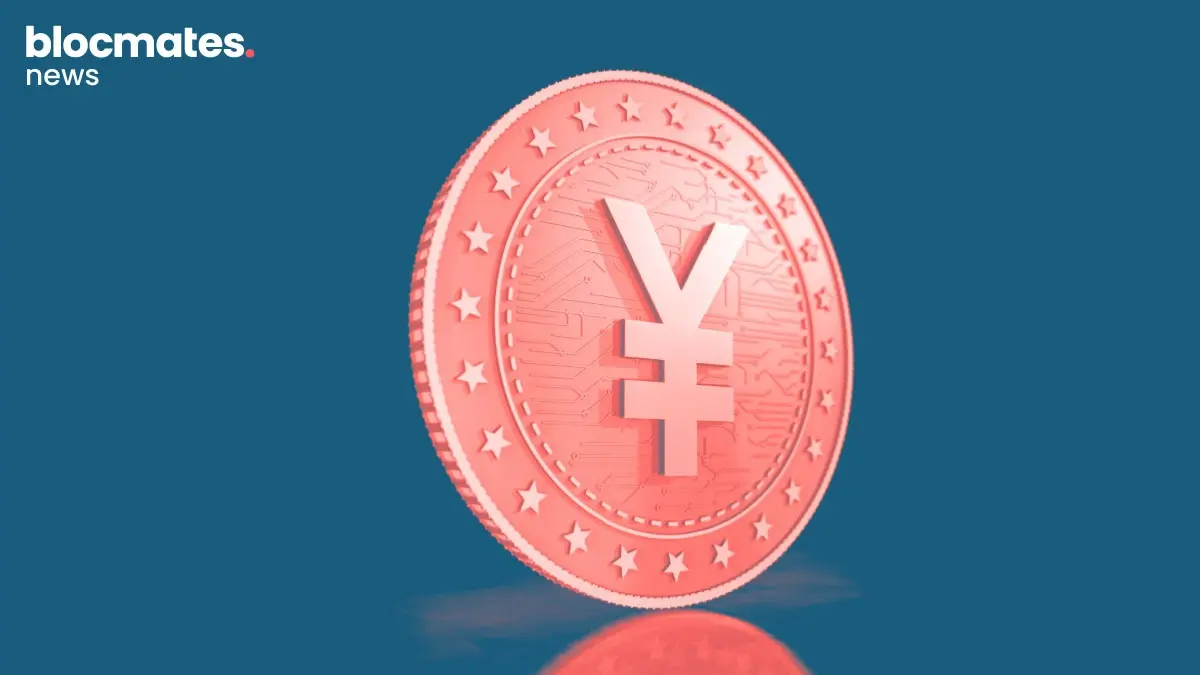
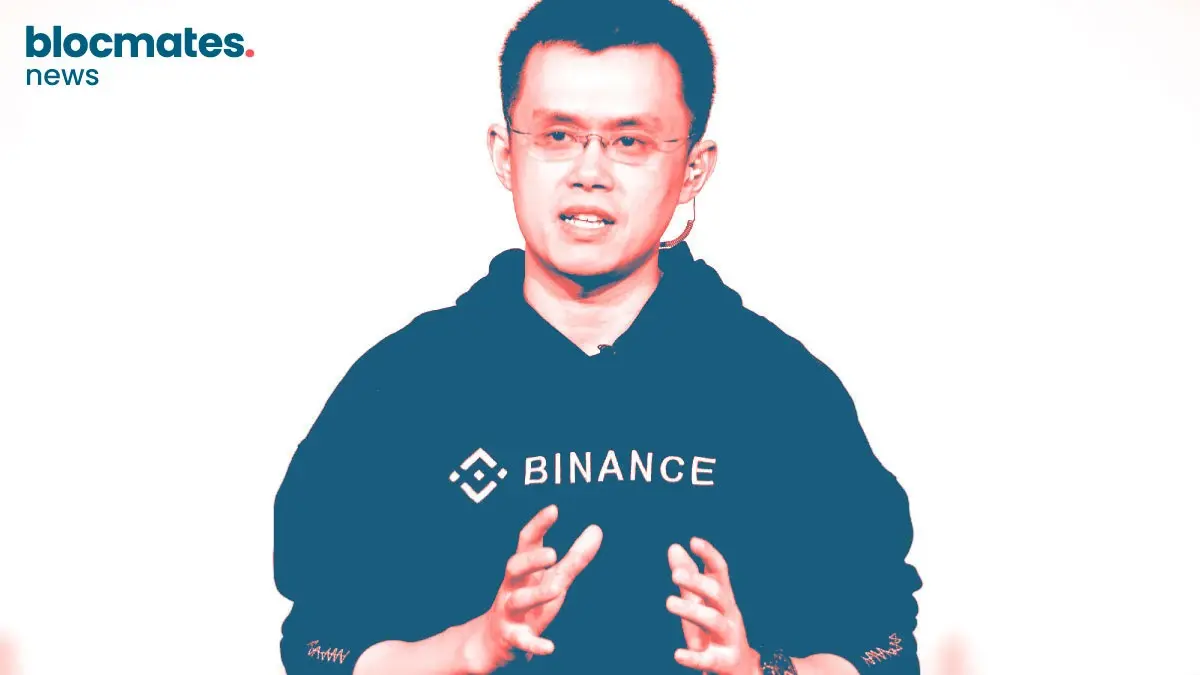


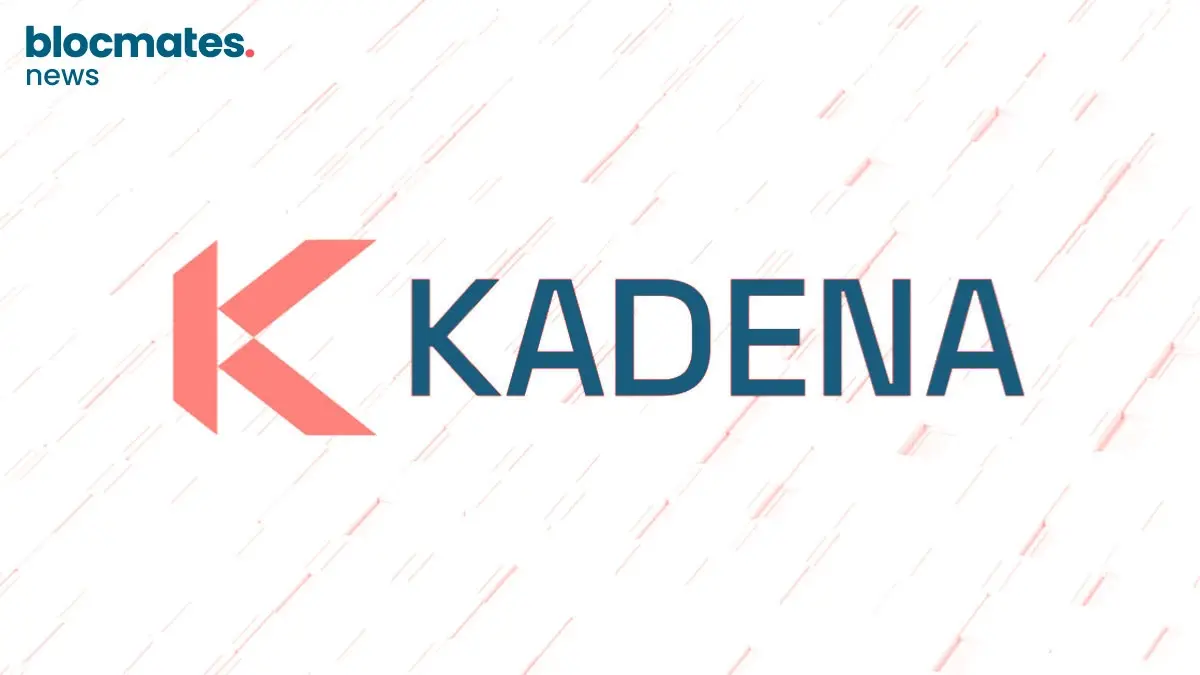

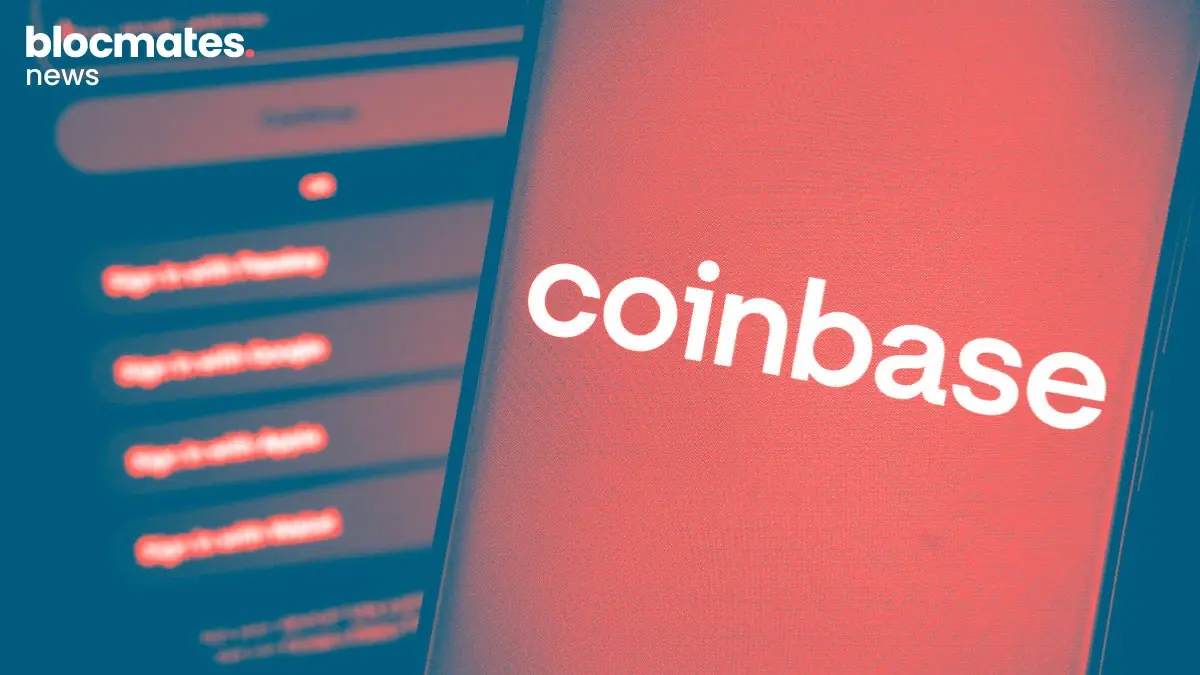
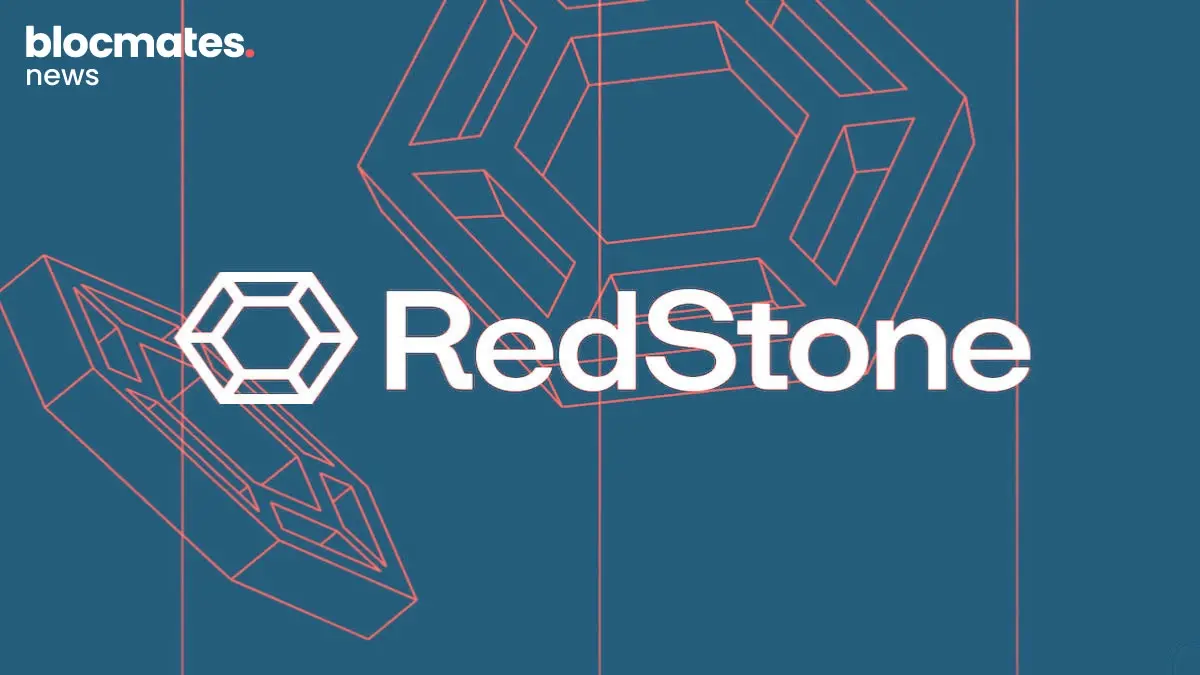
.webp)

.webp)
.webp)

.webp)


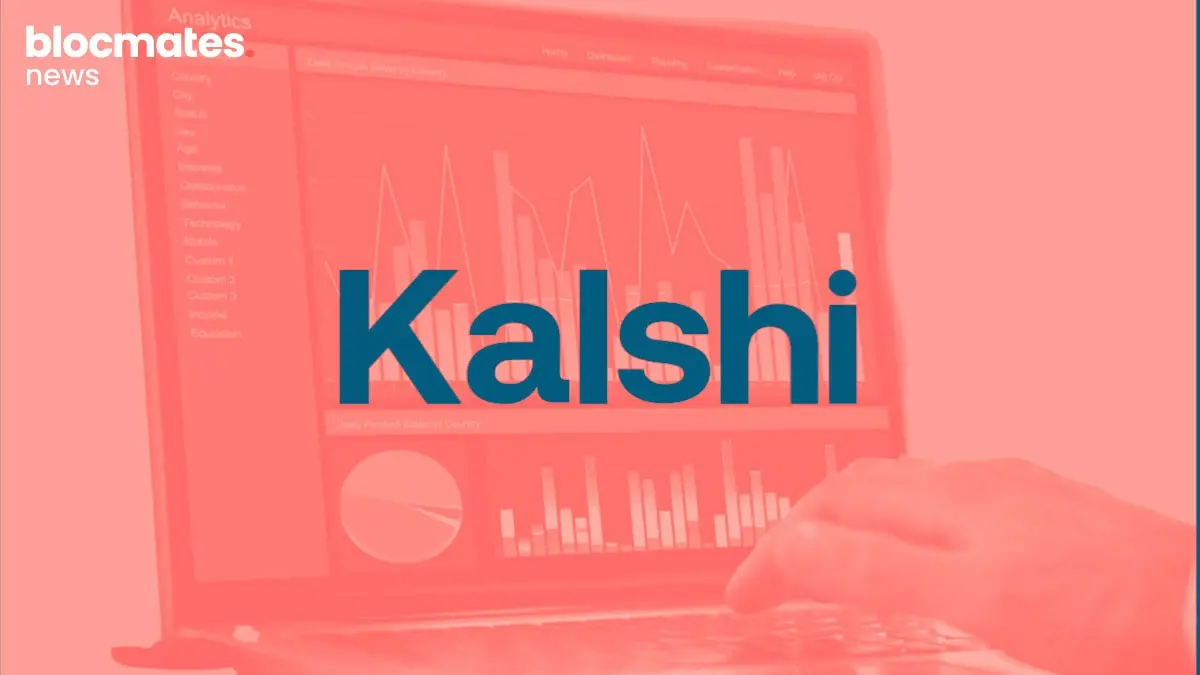





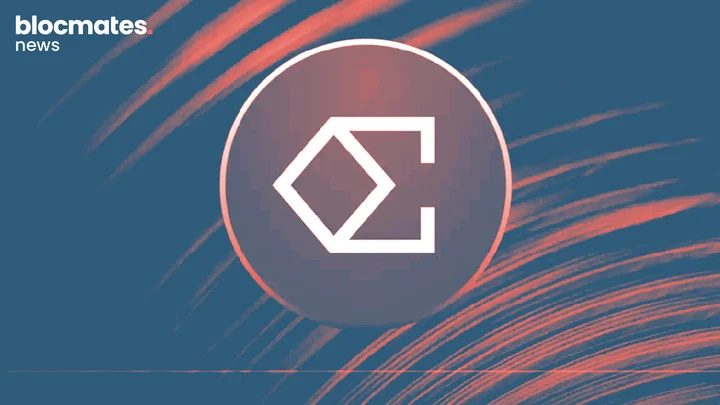


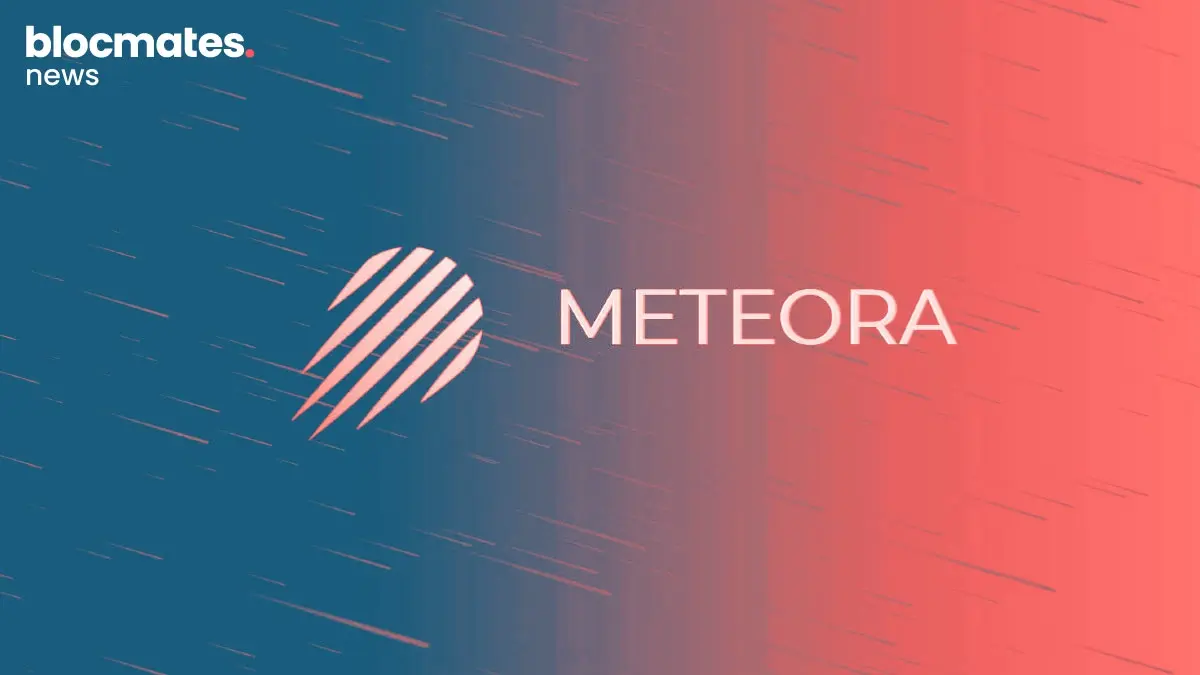
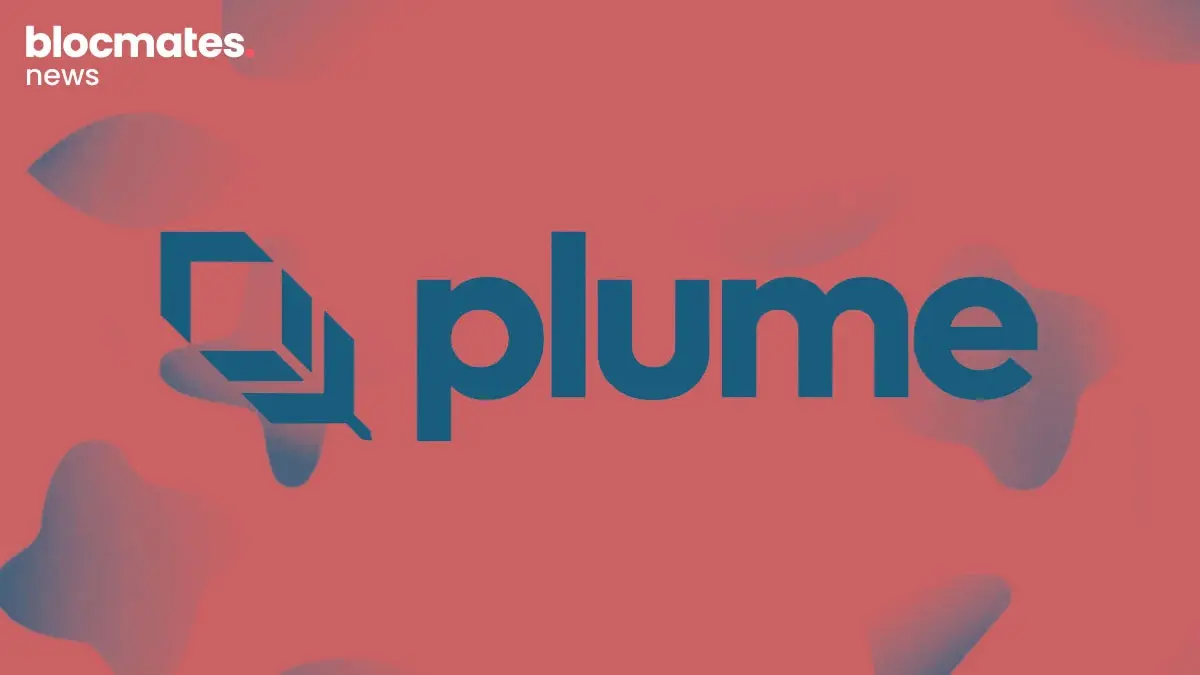

.webp)

.webp)

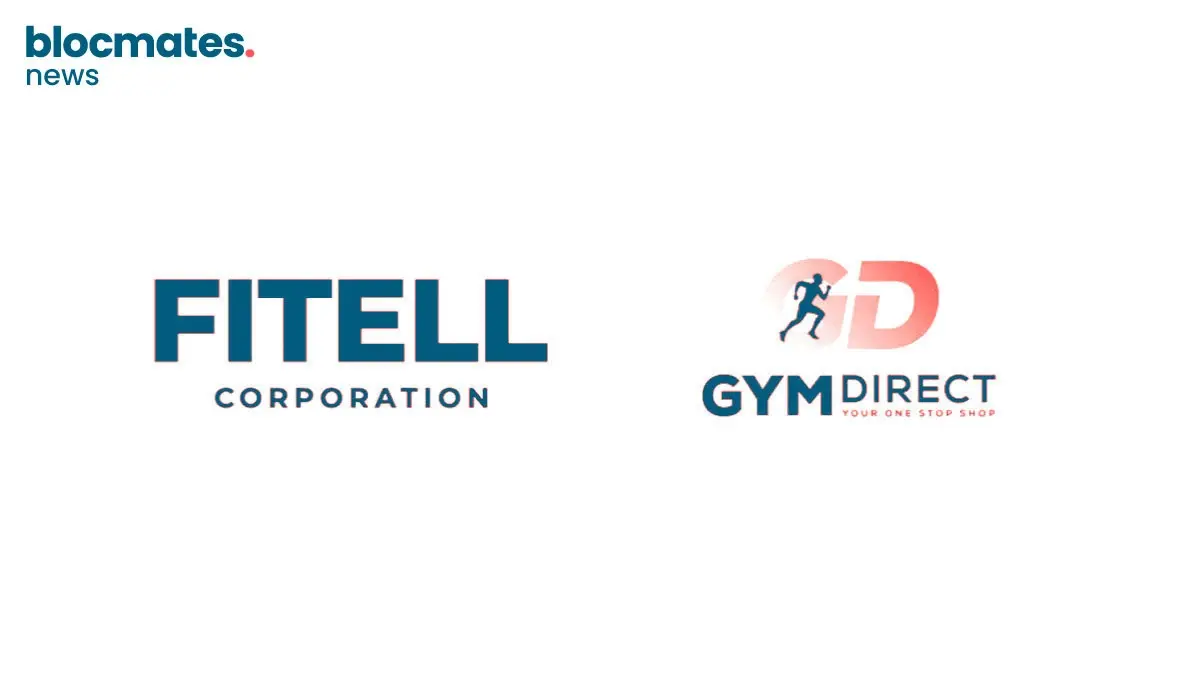
.webp)



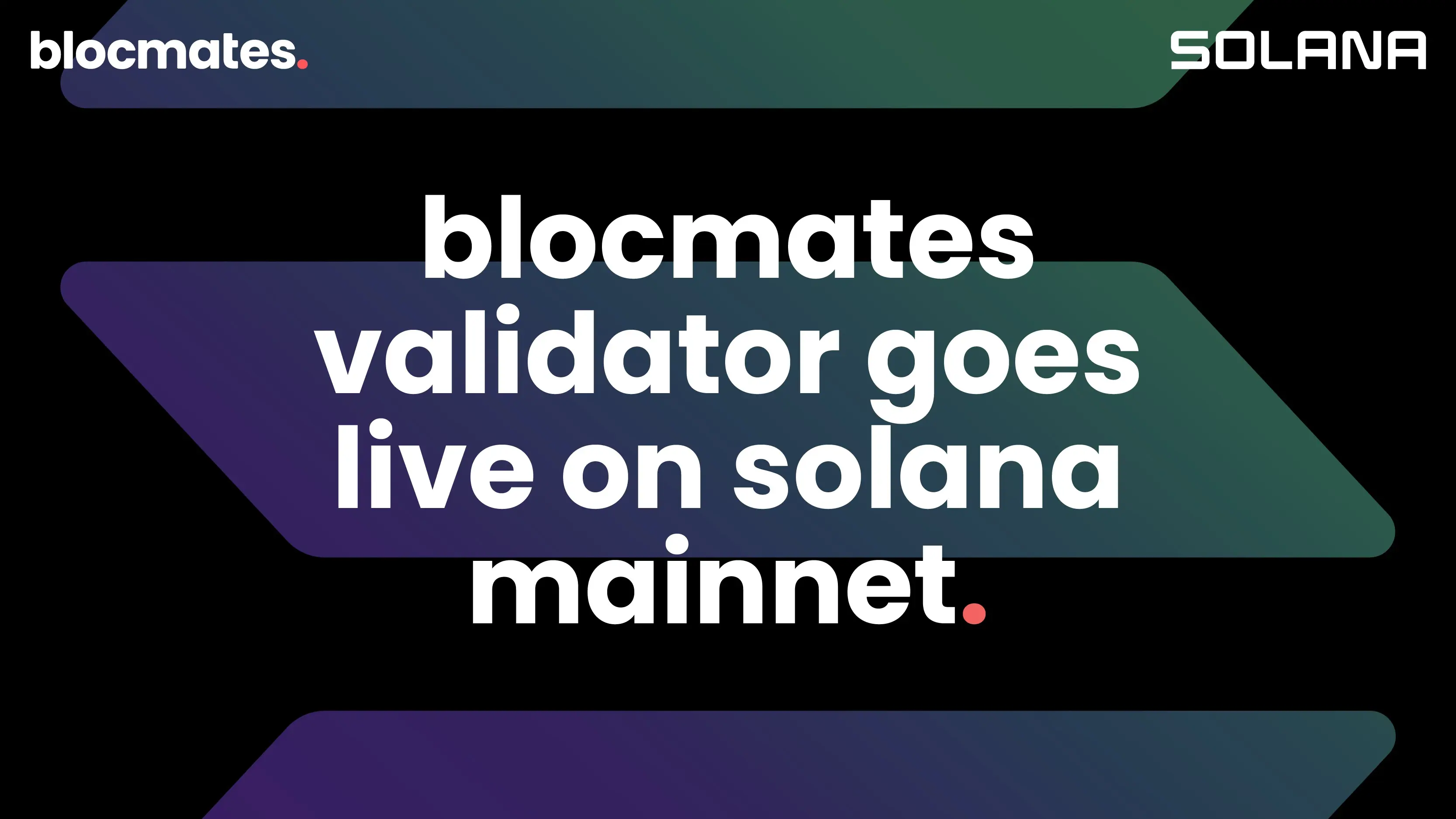
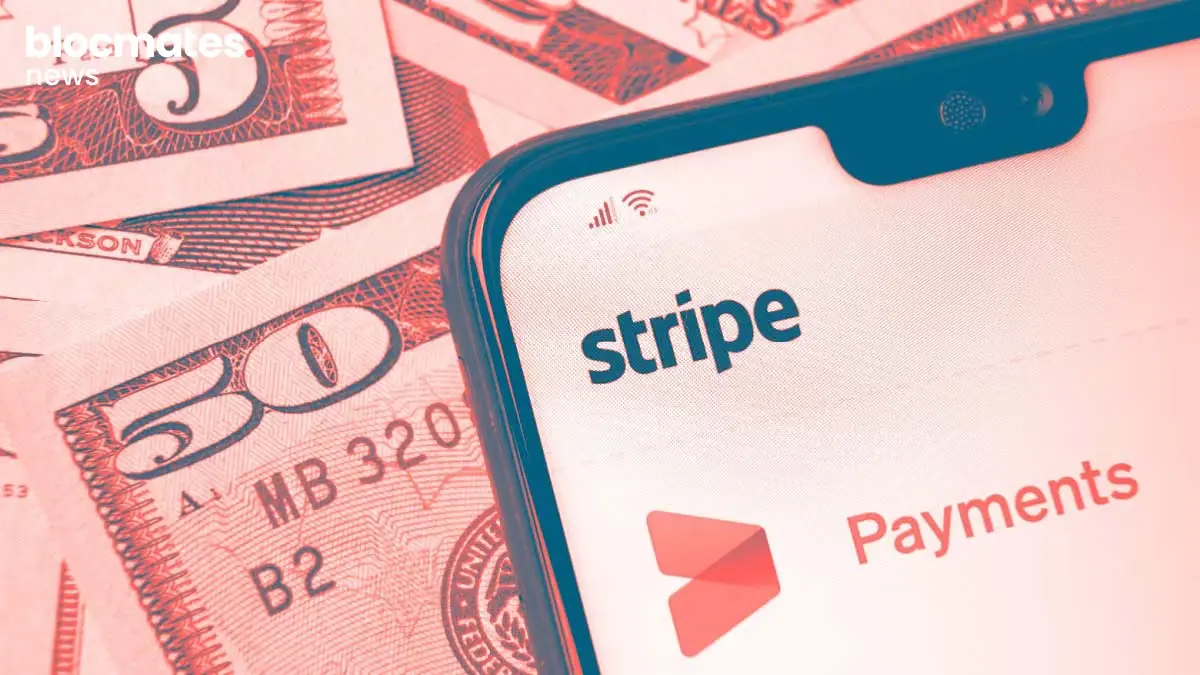



.webp)
